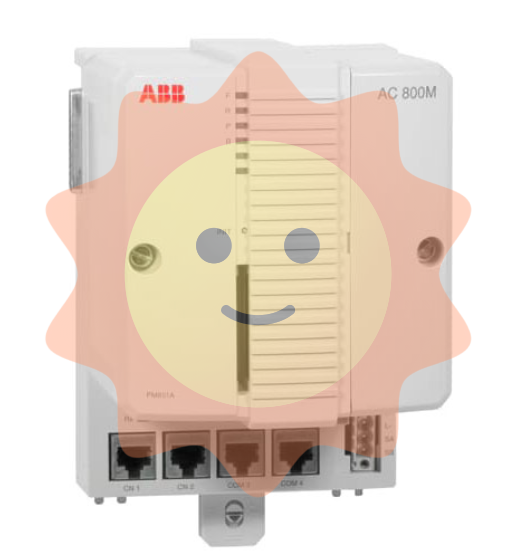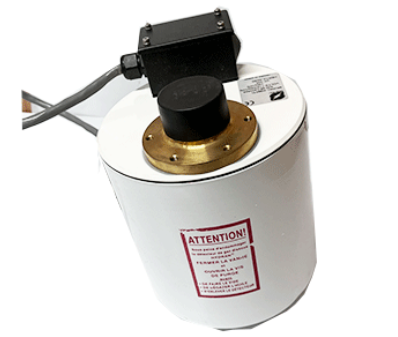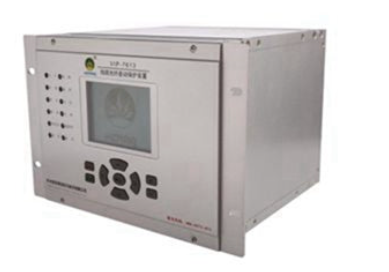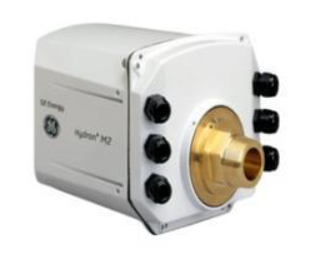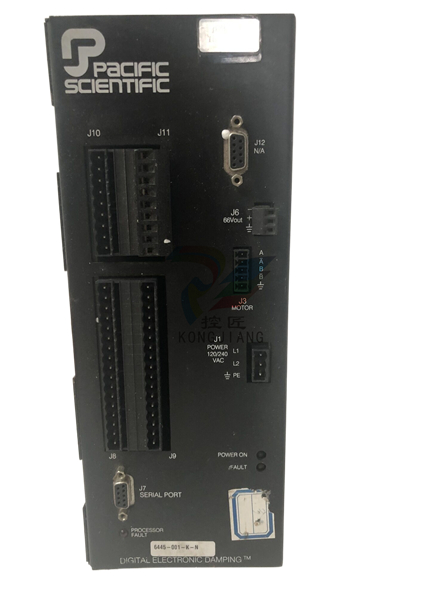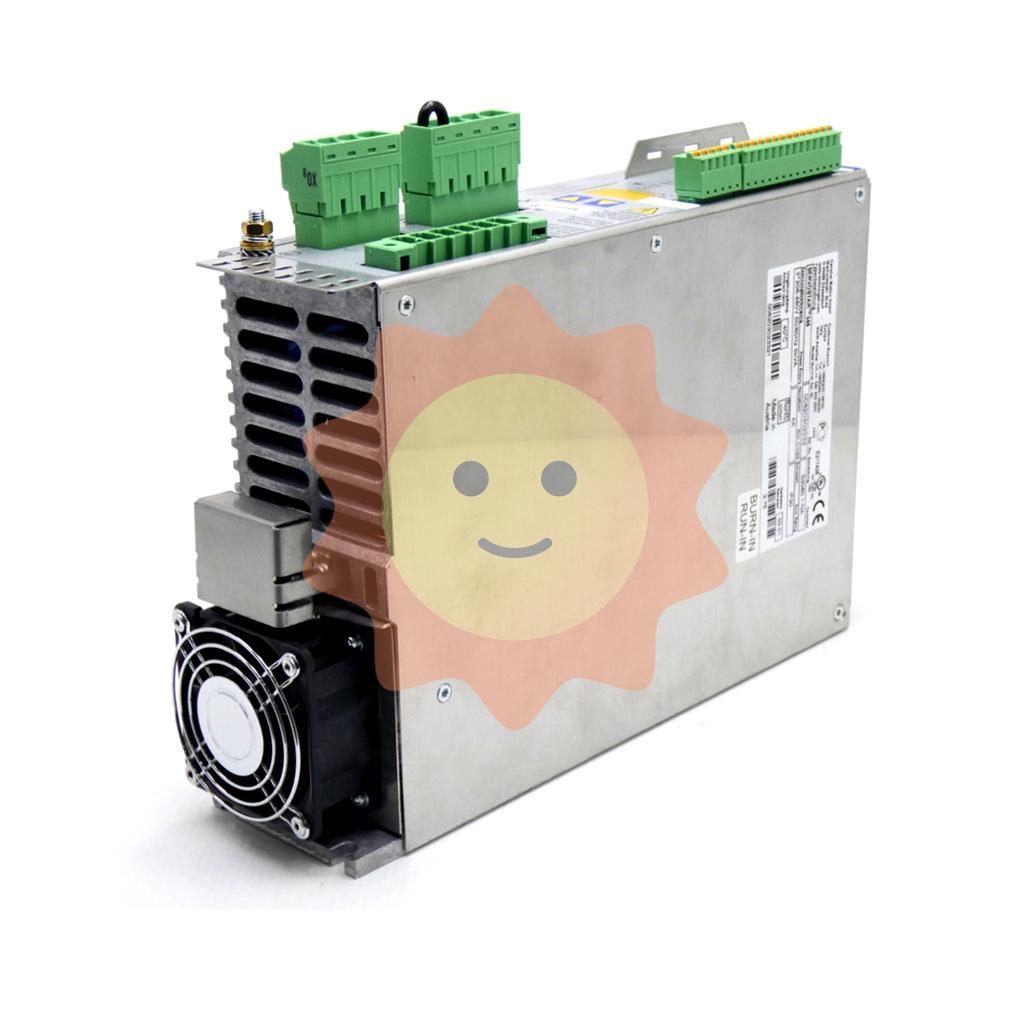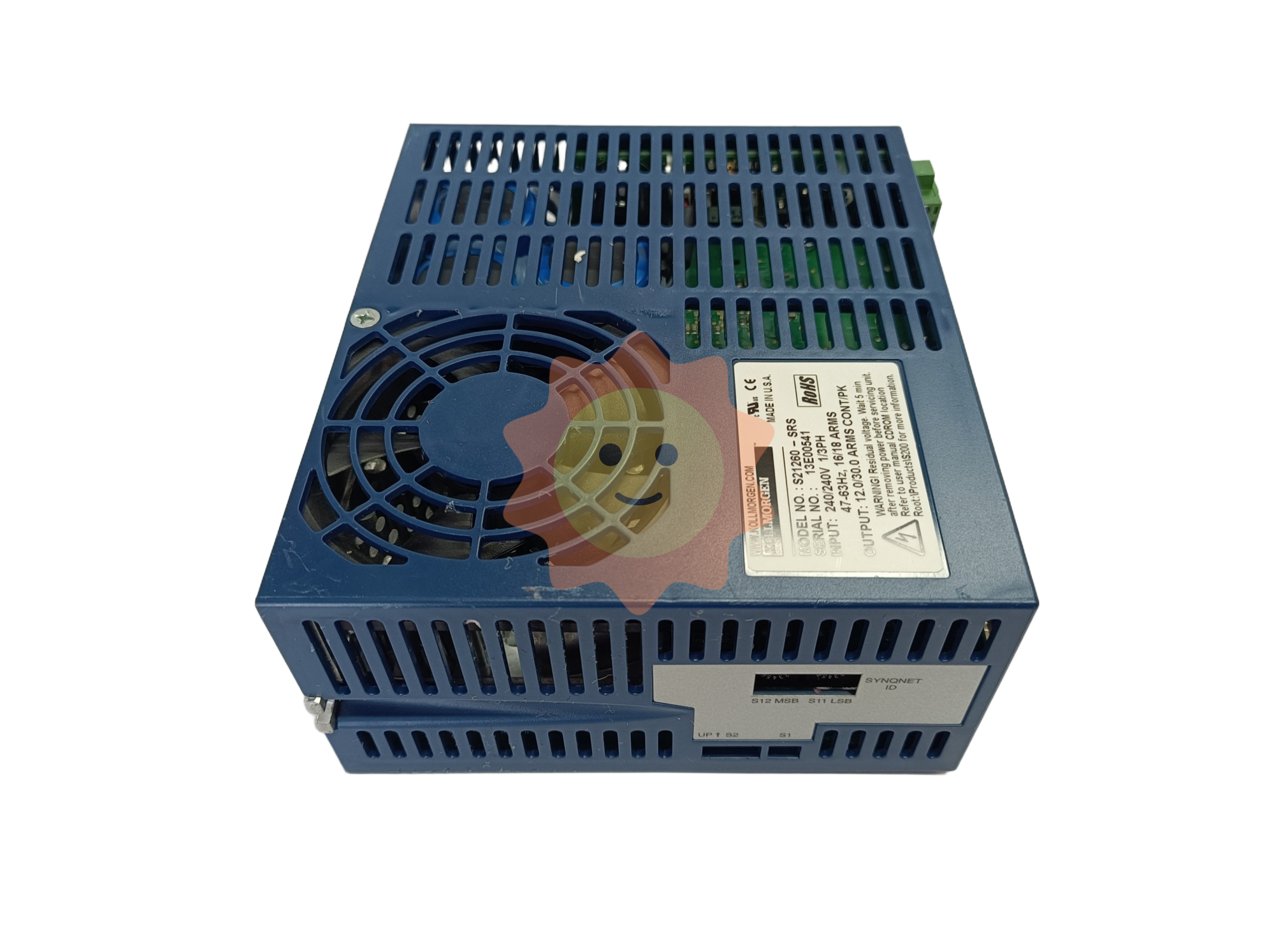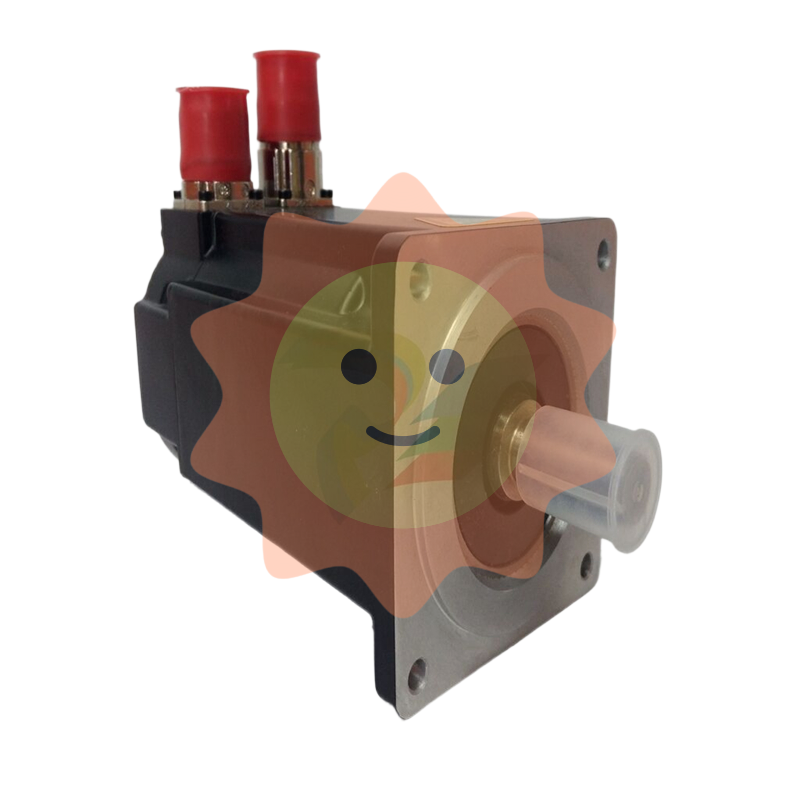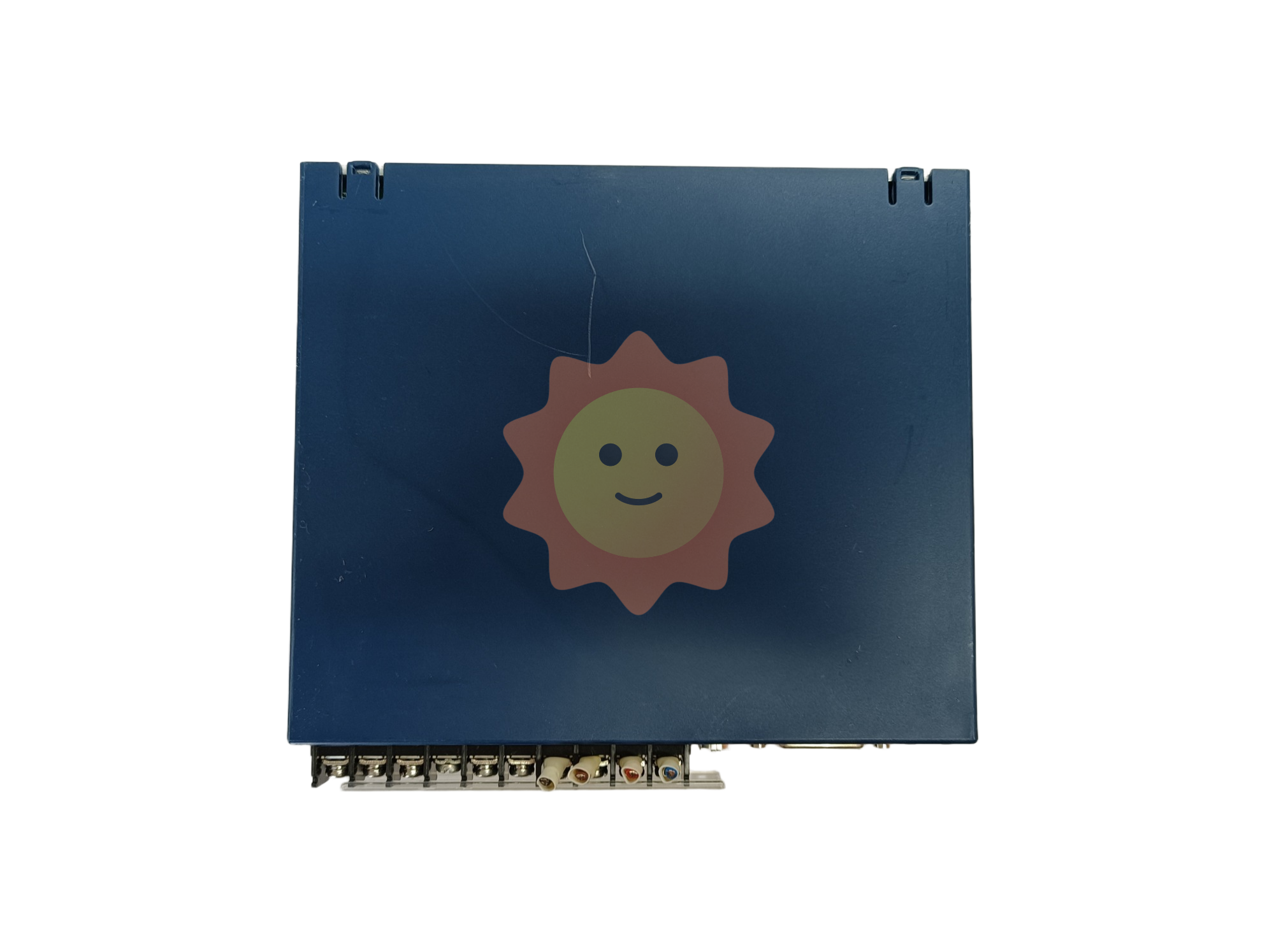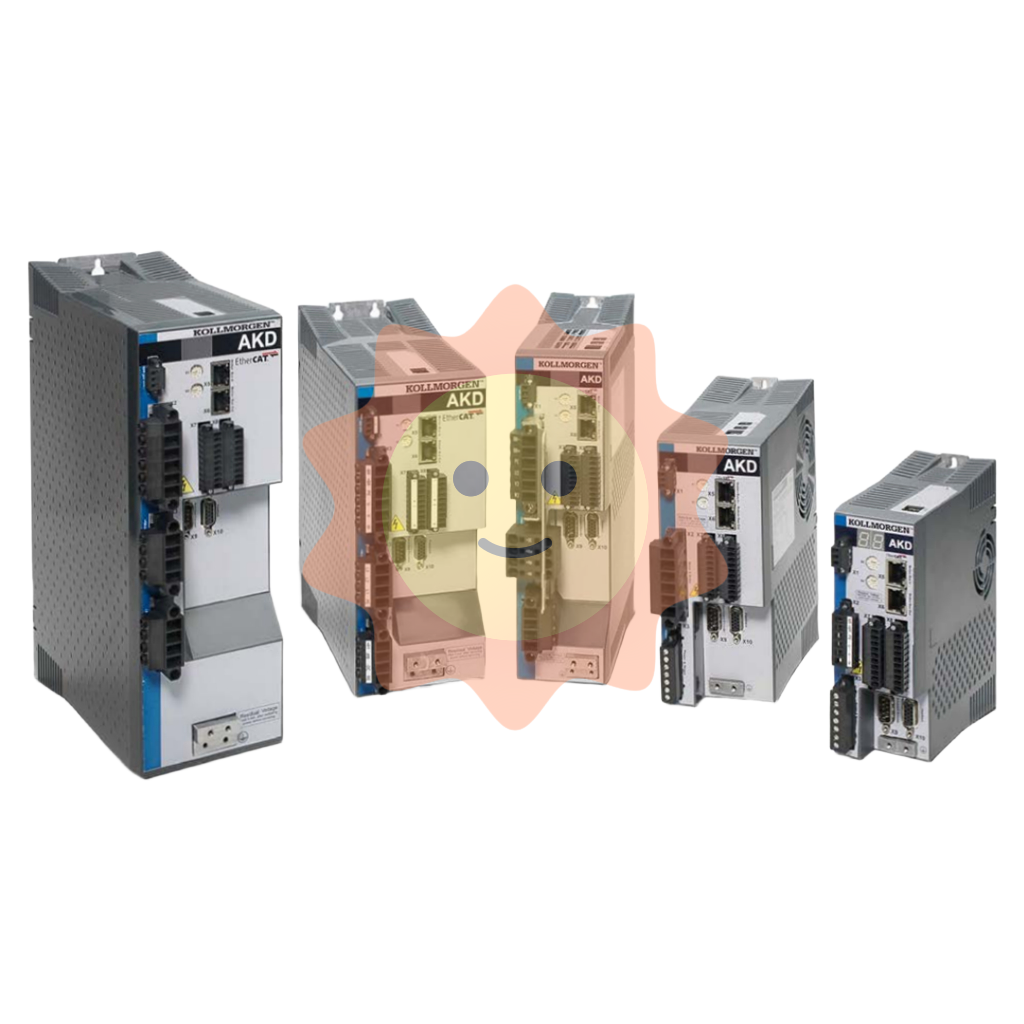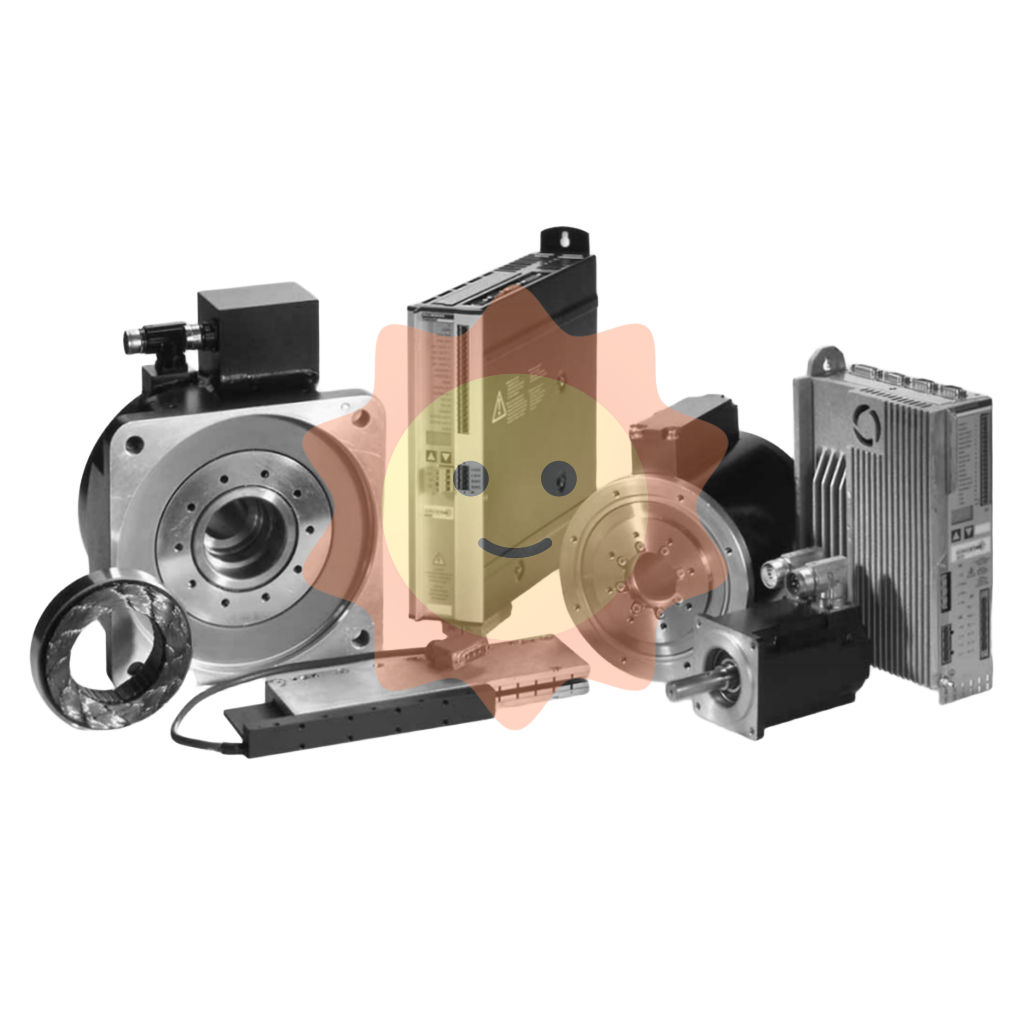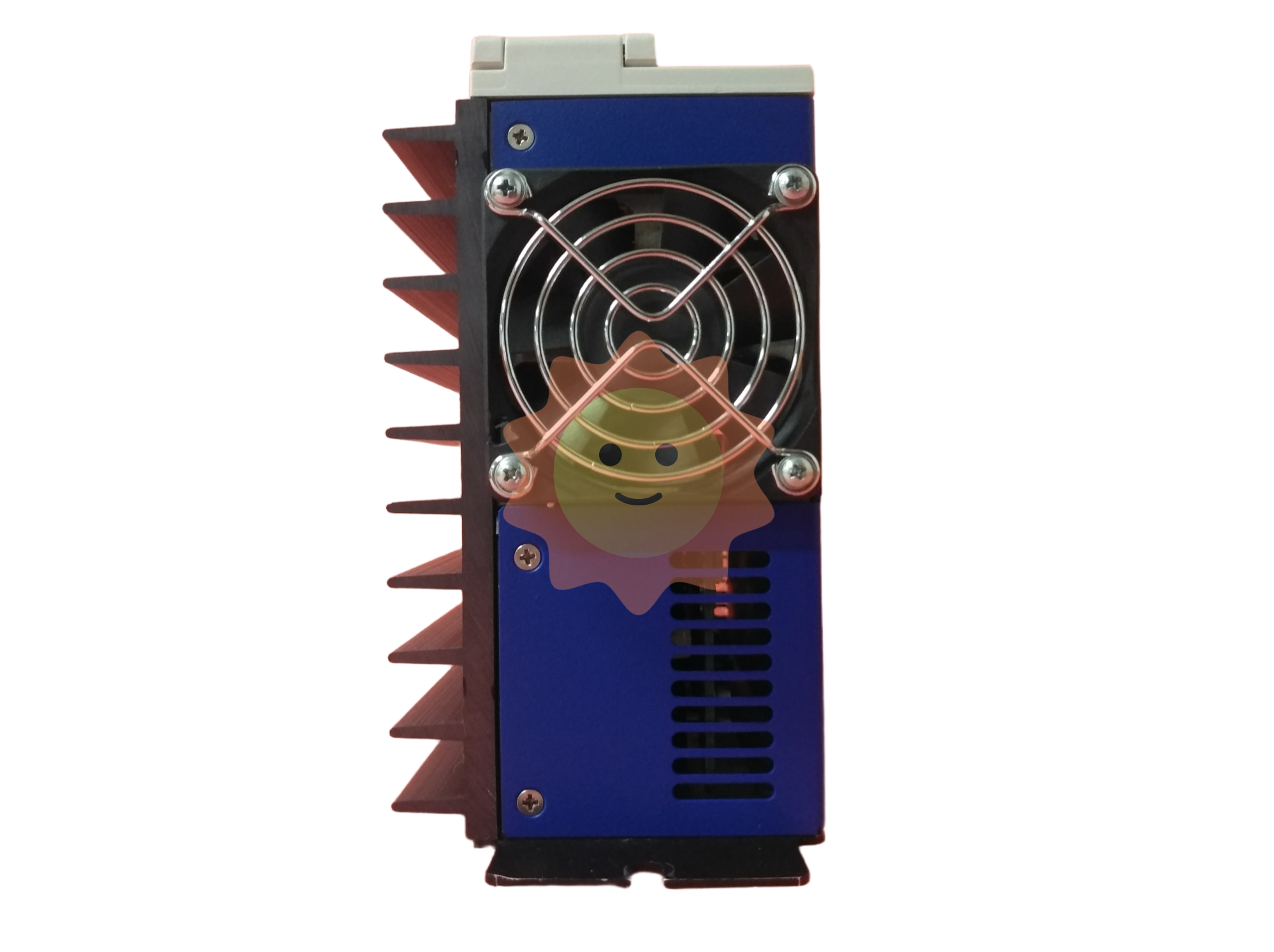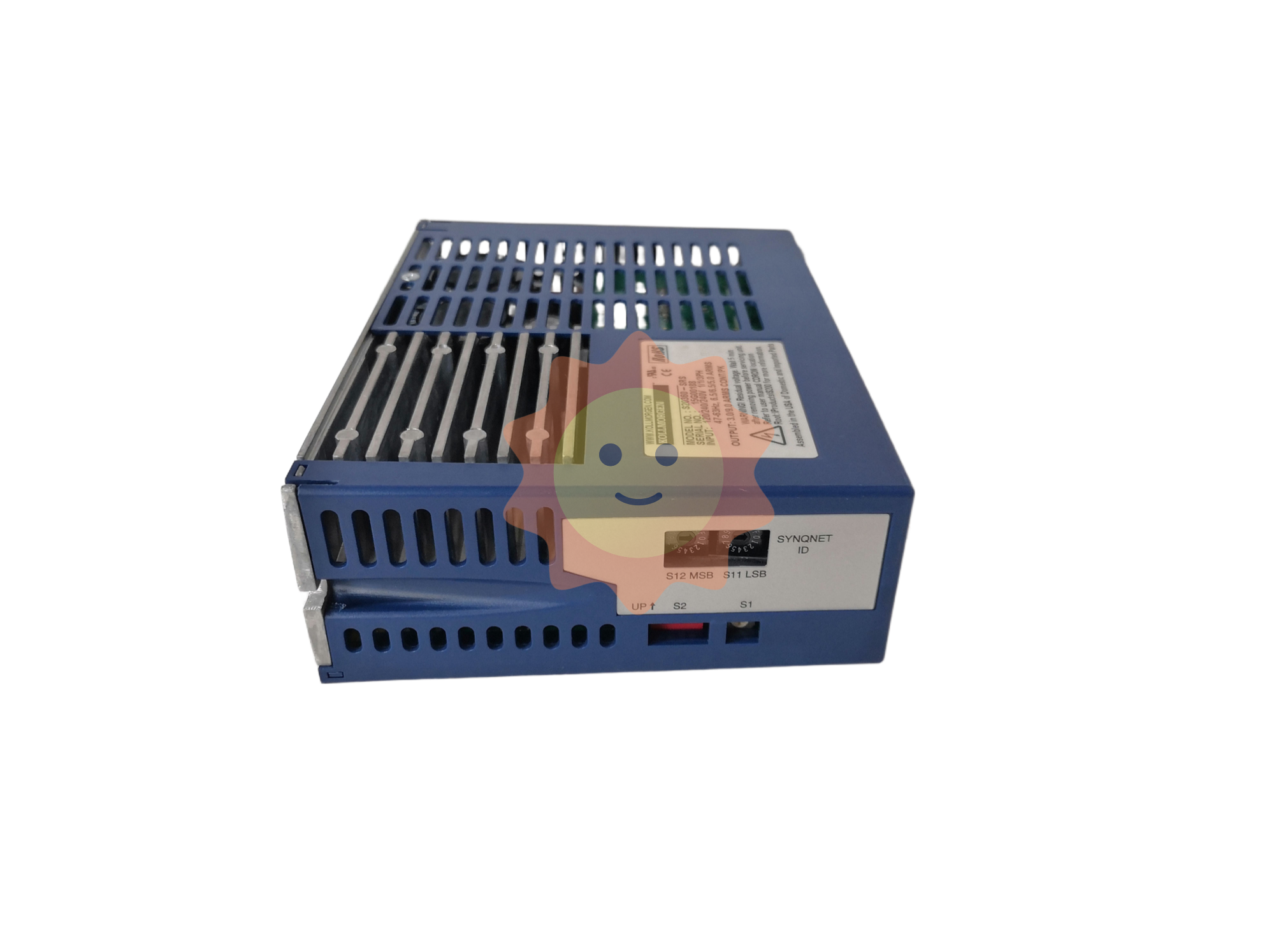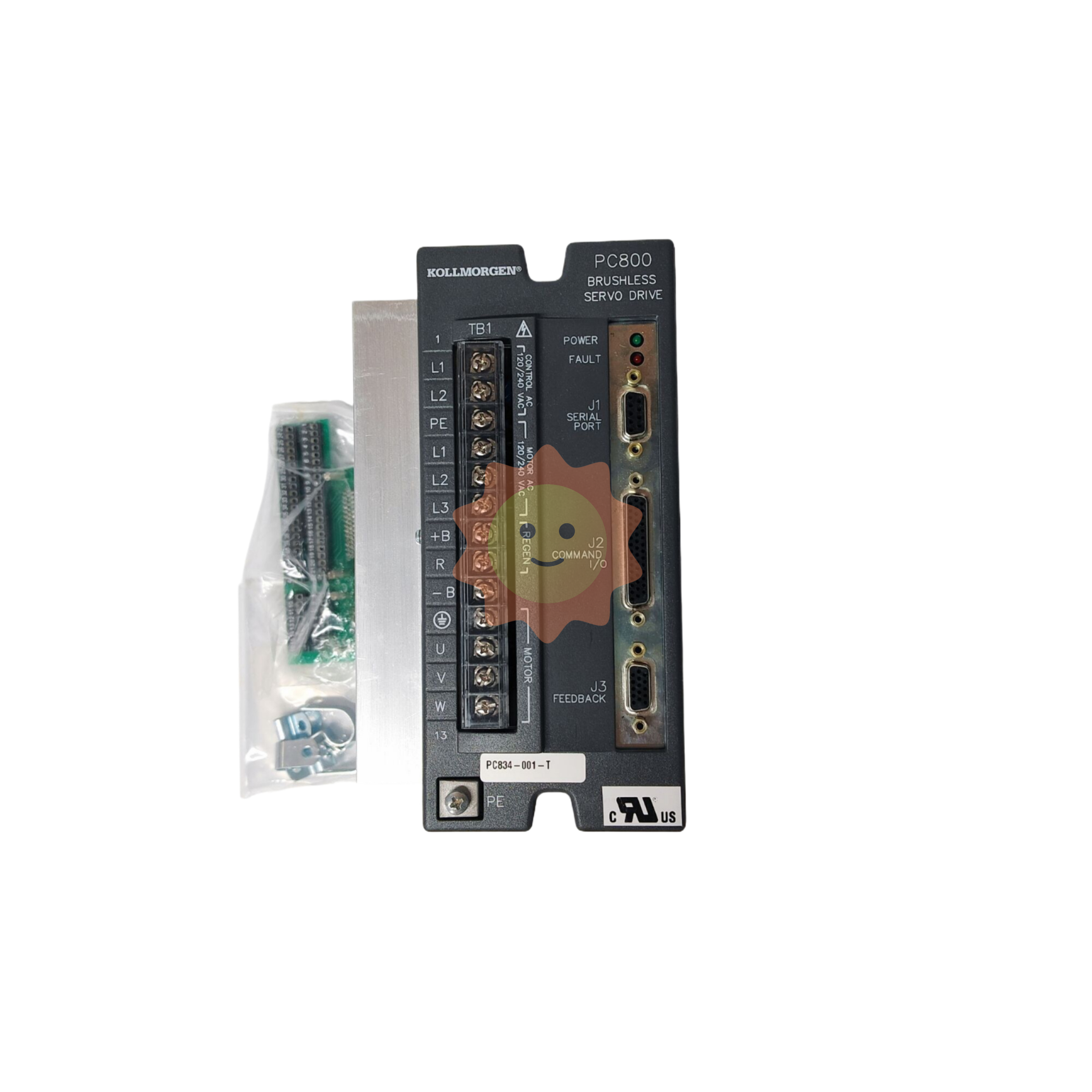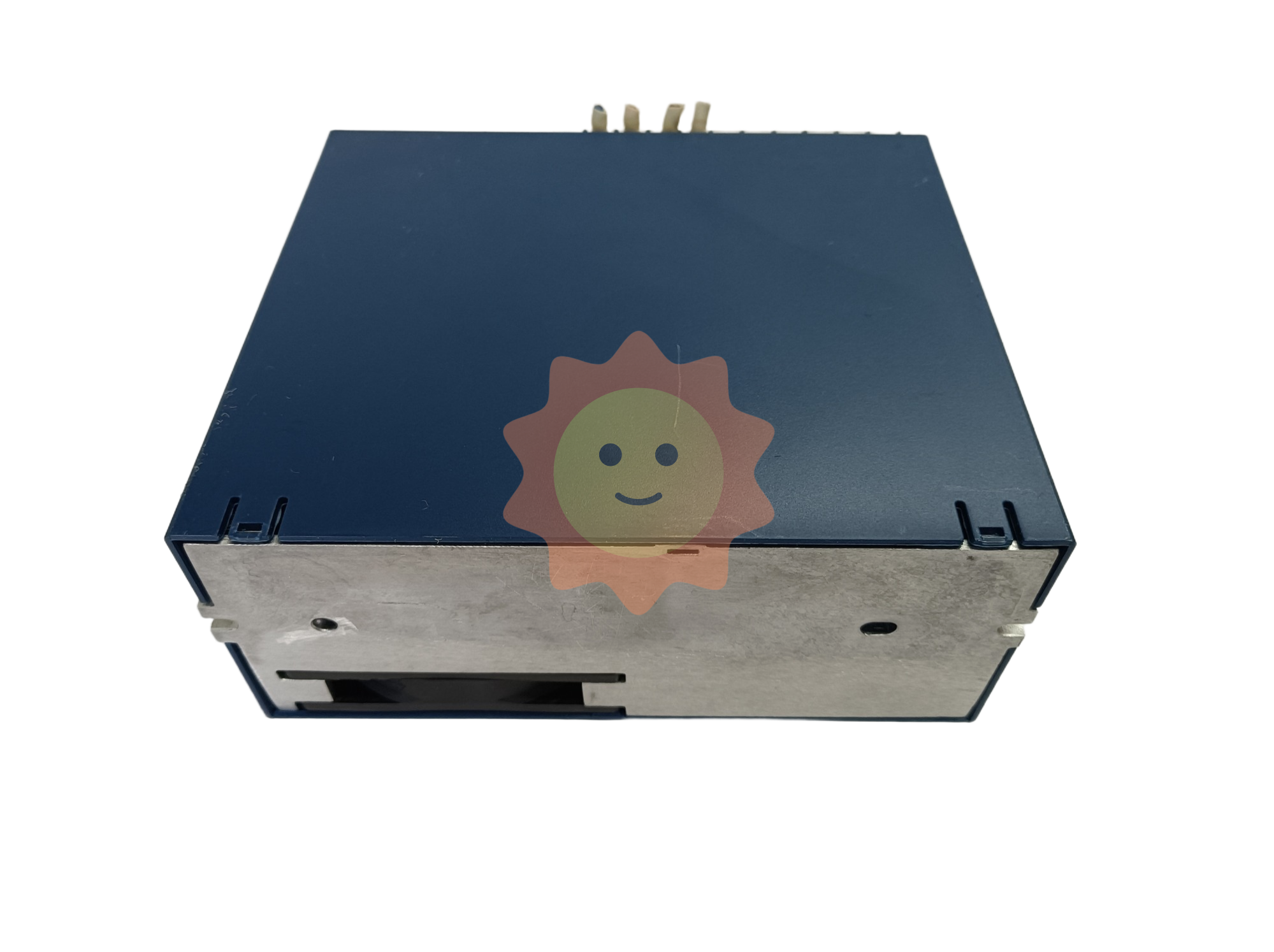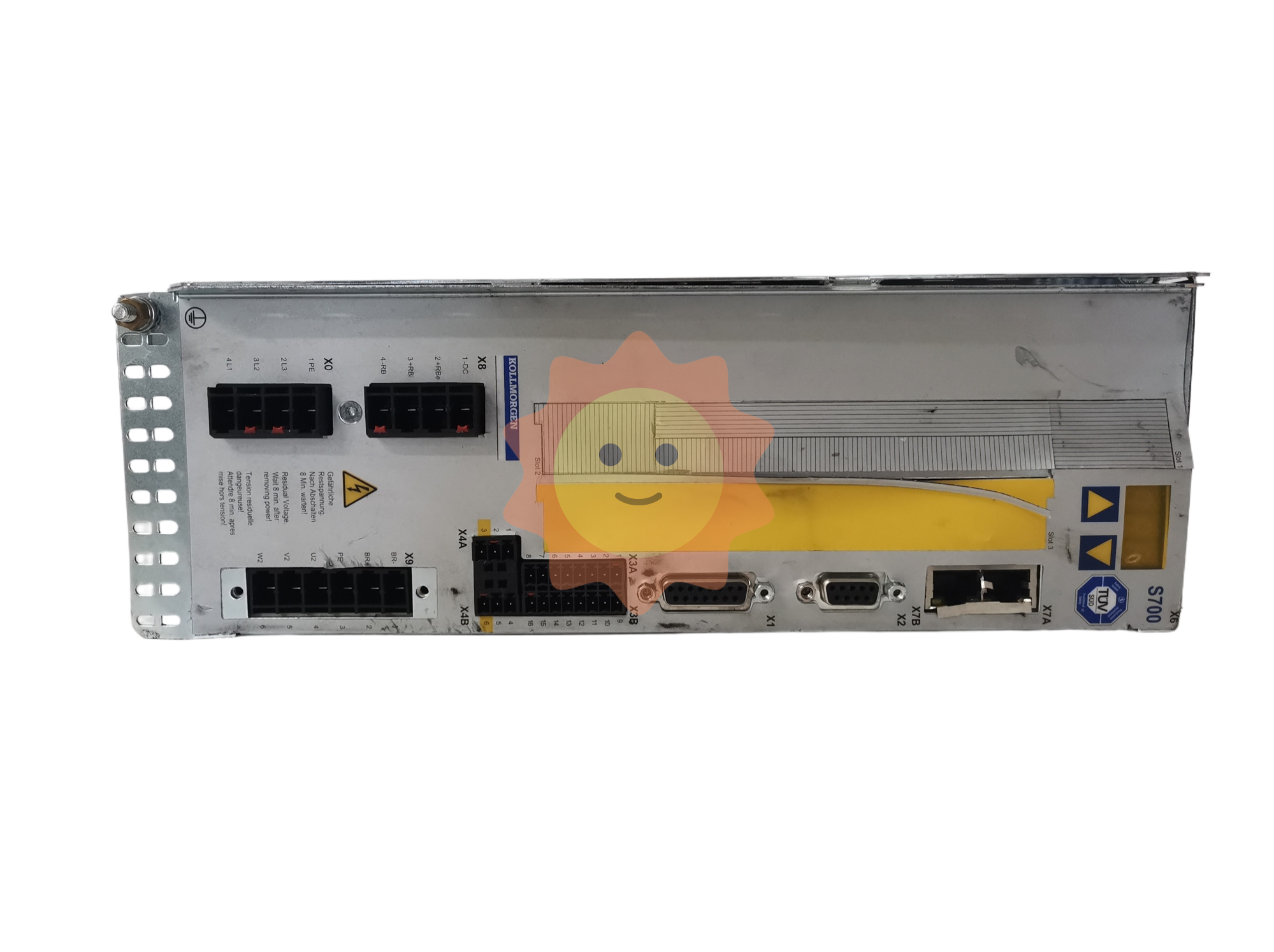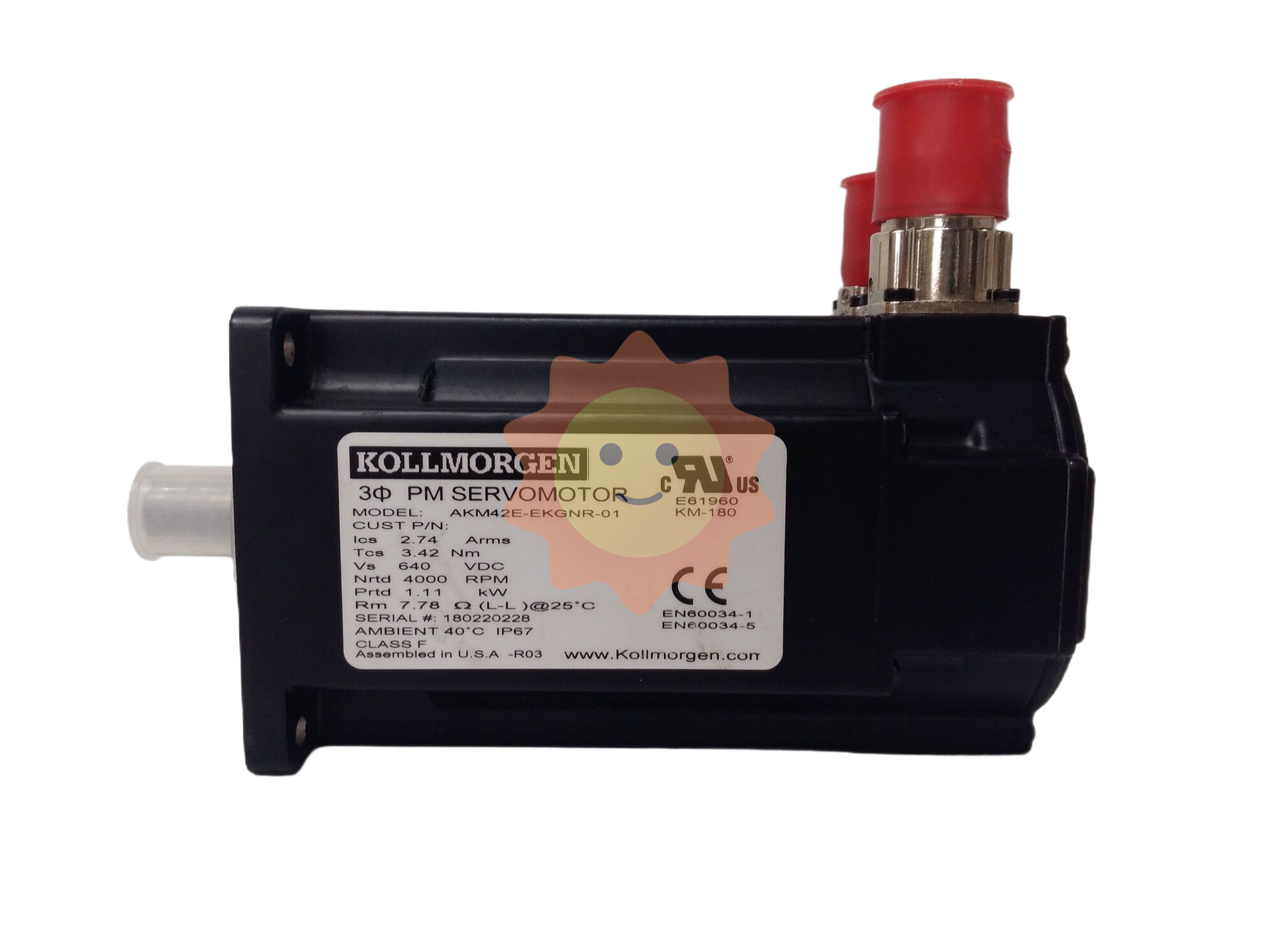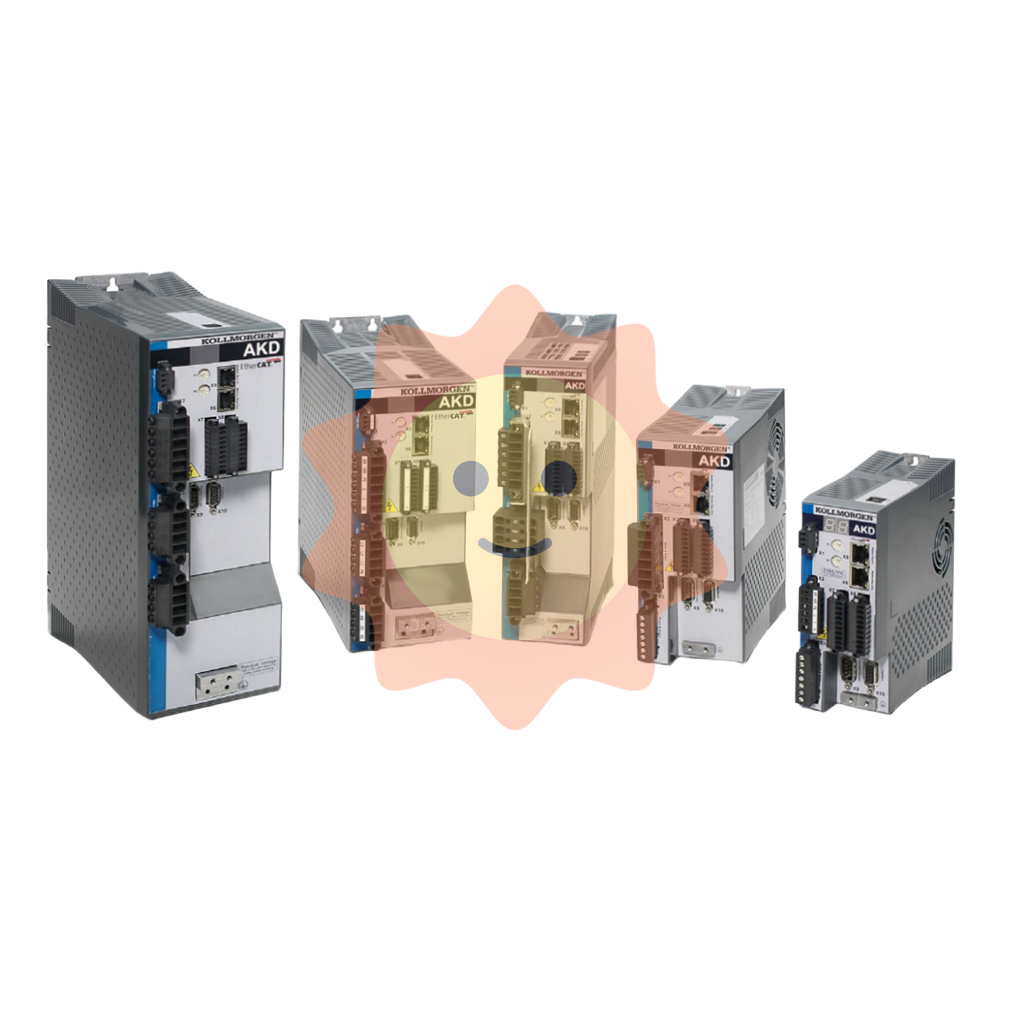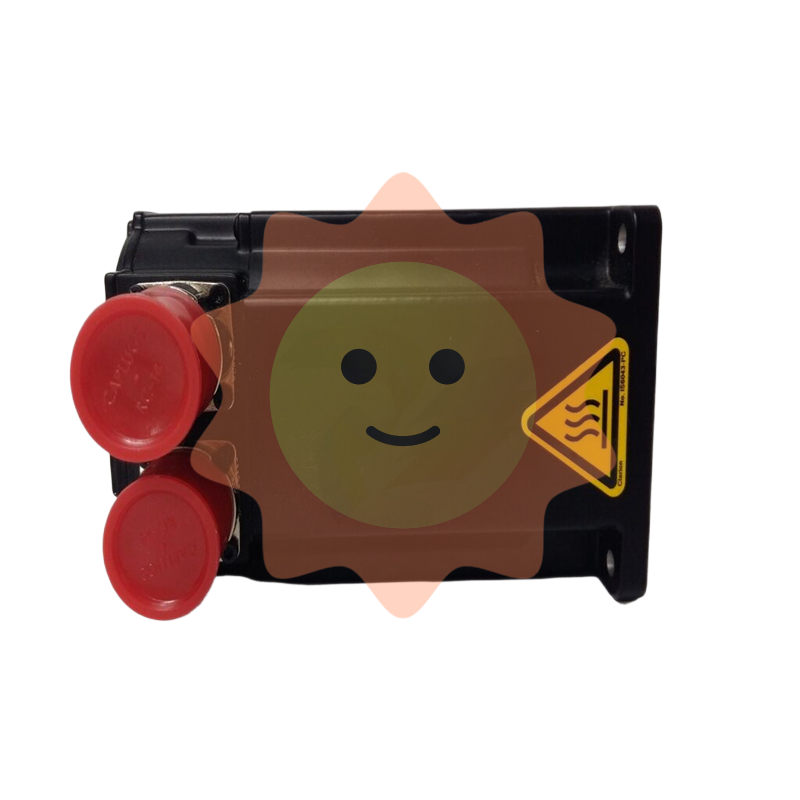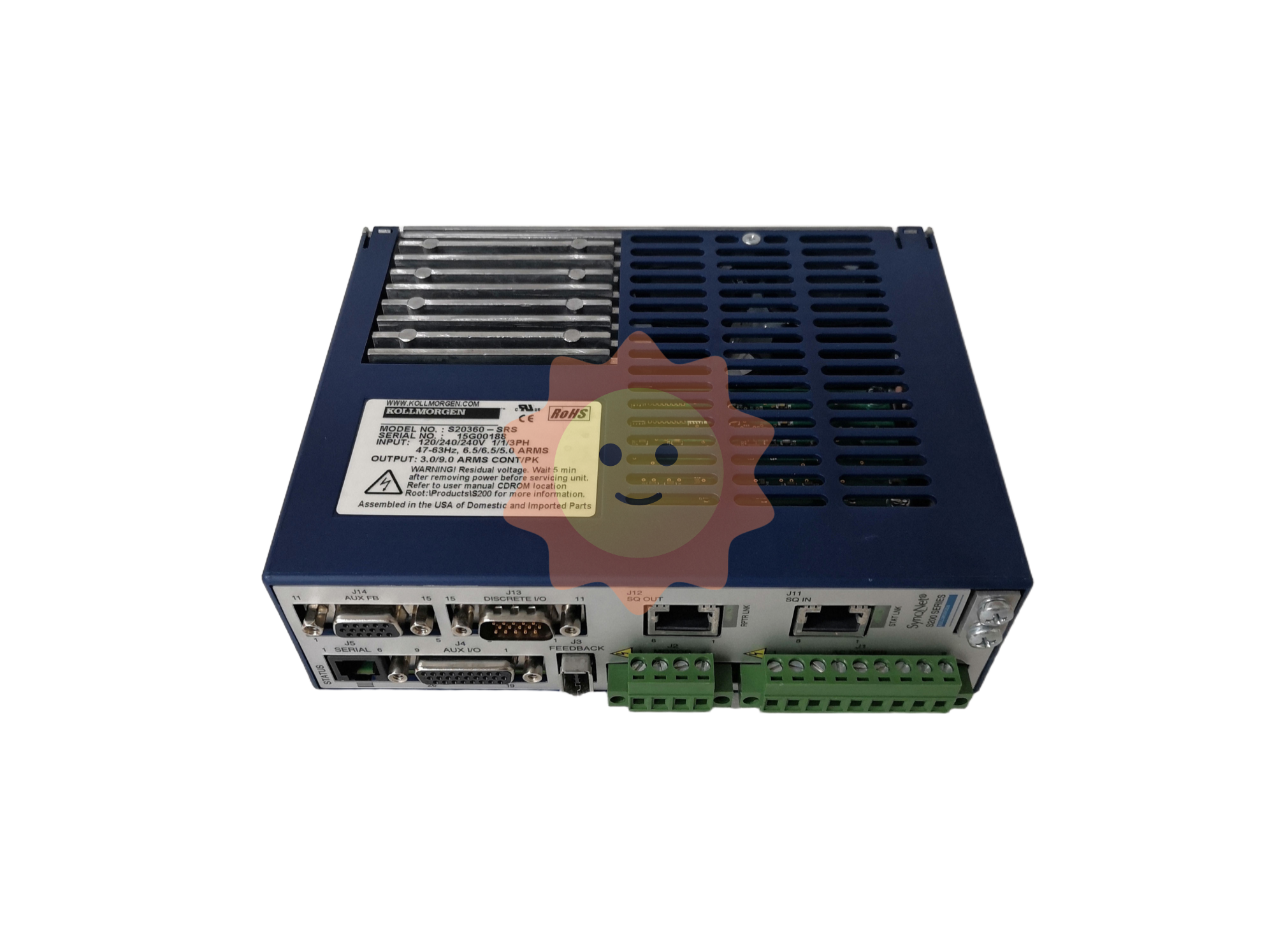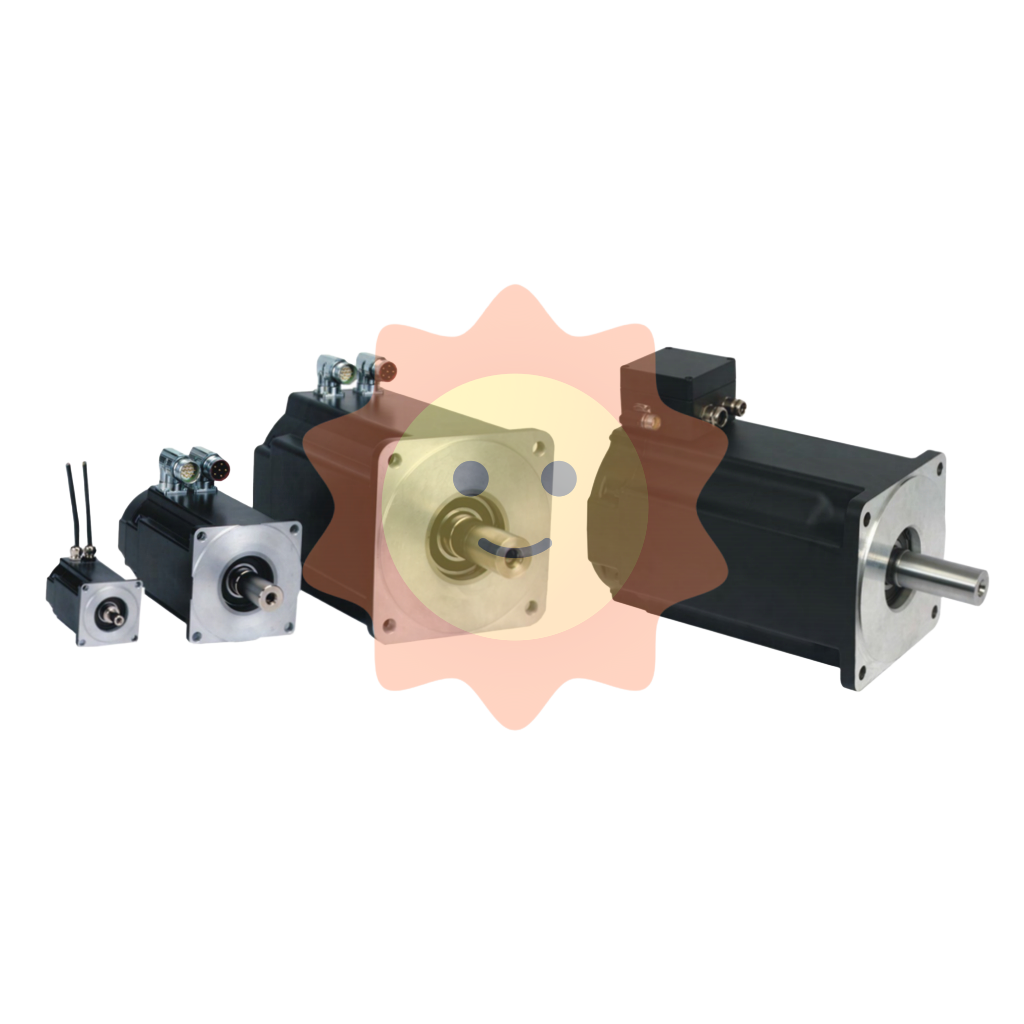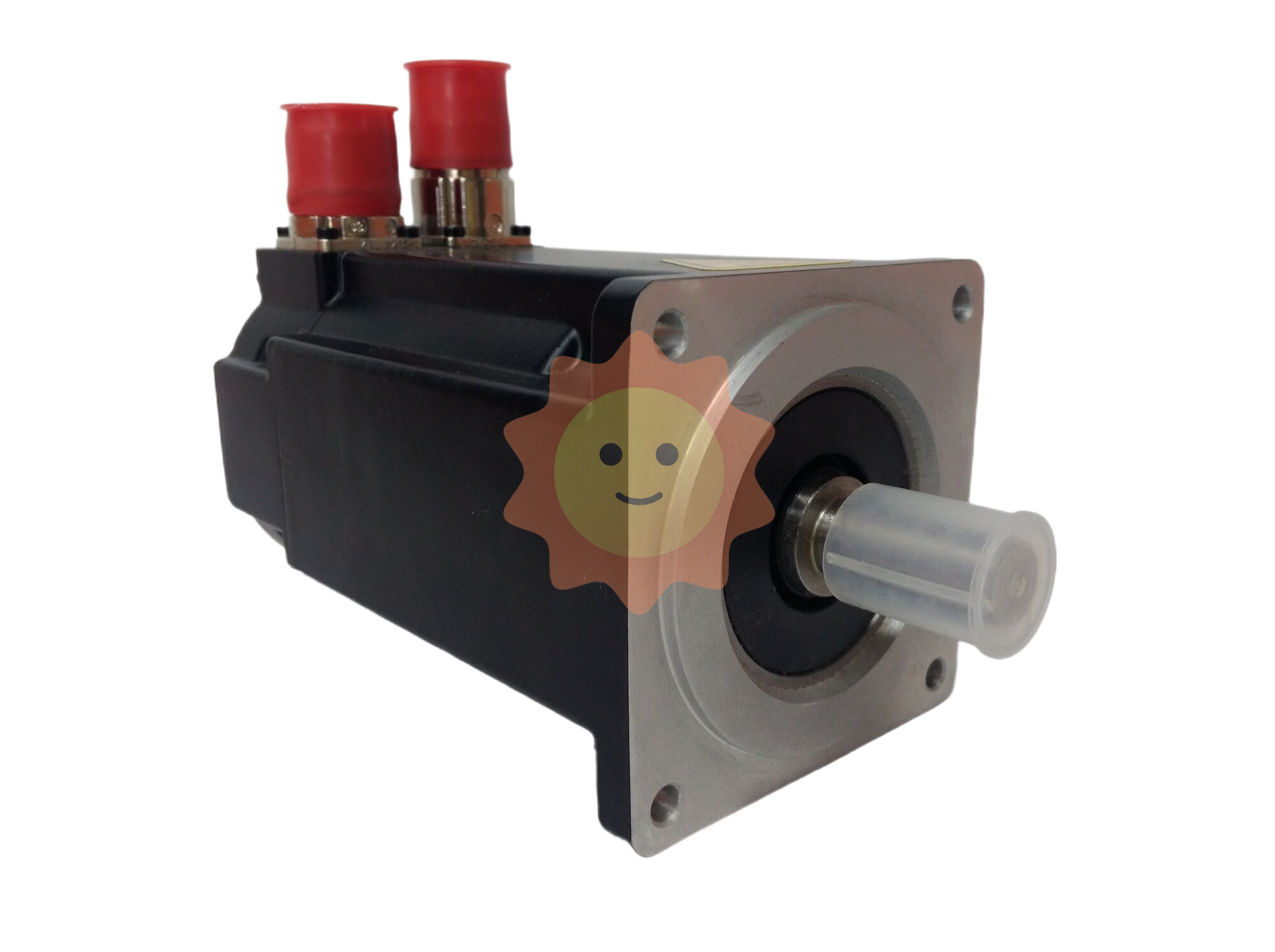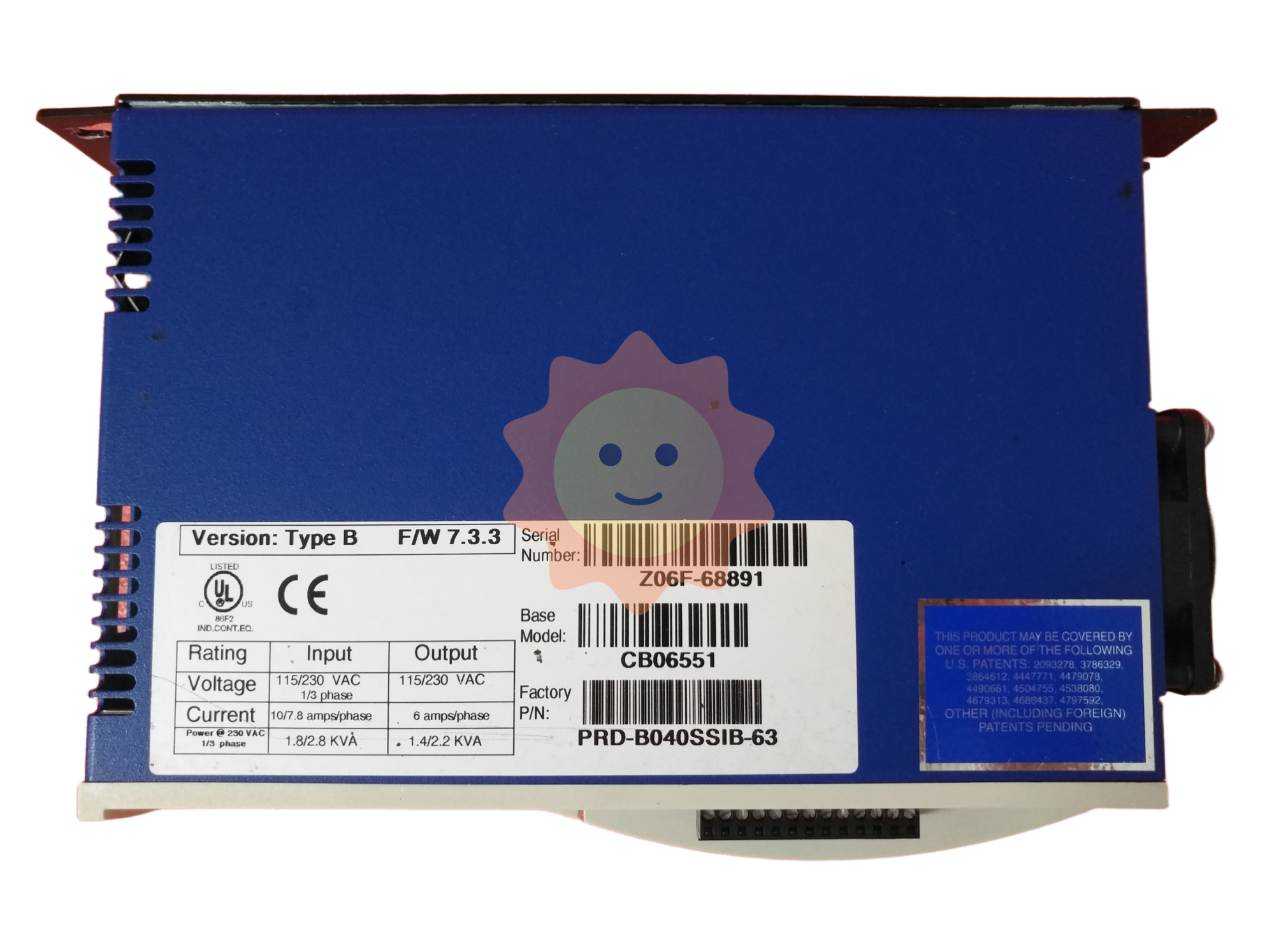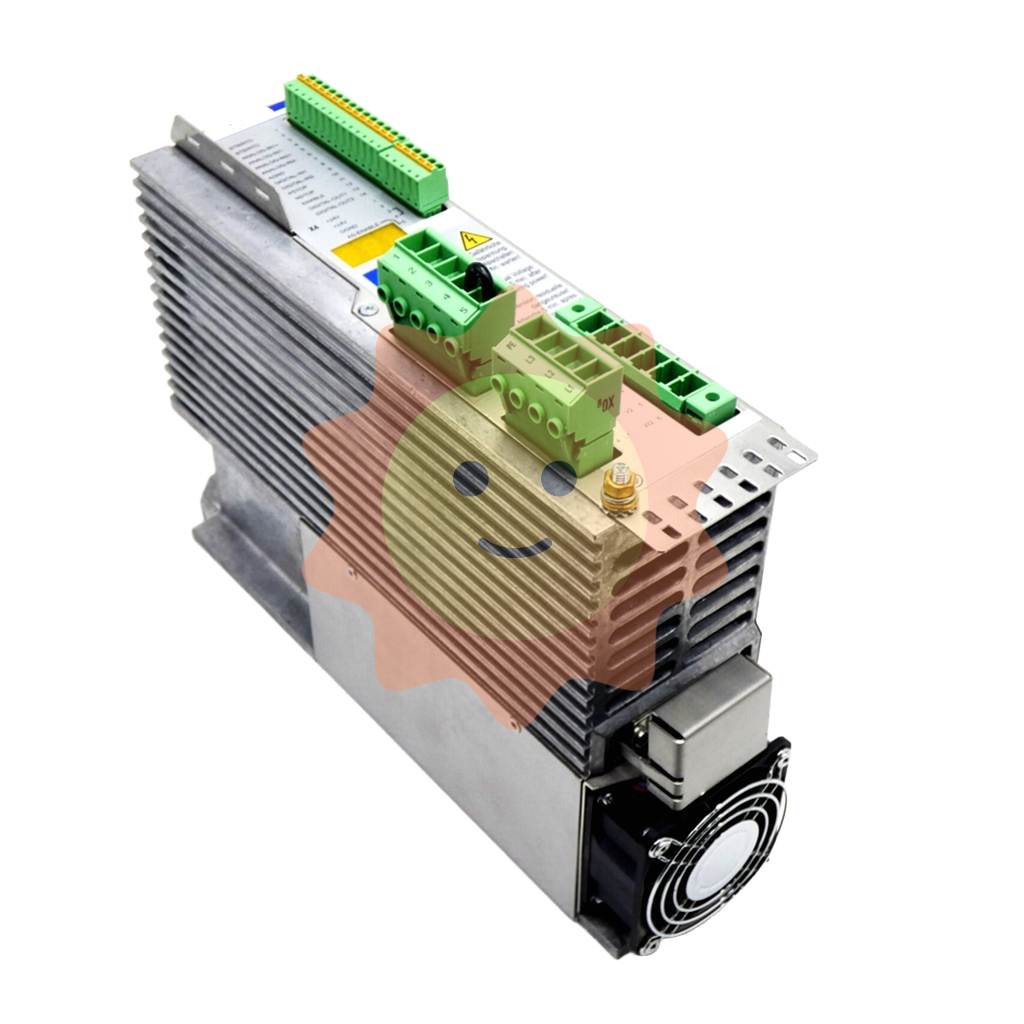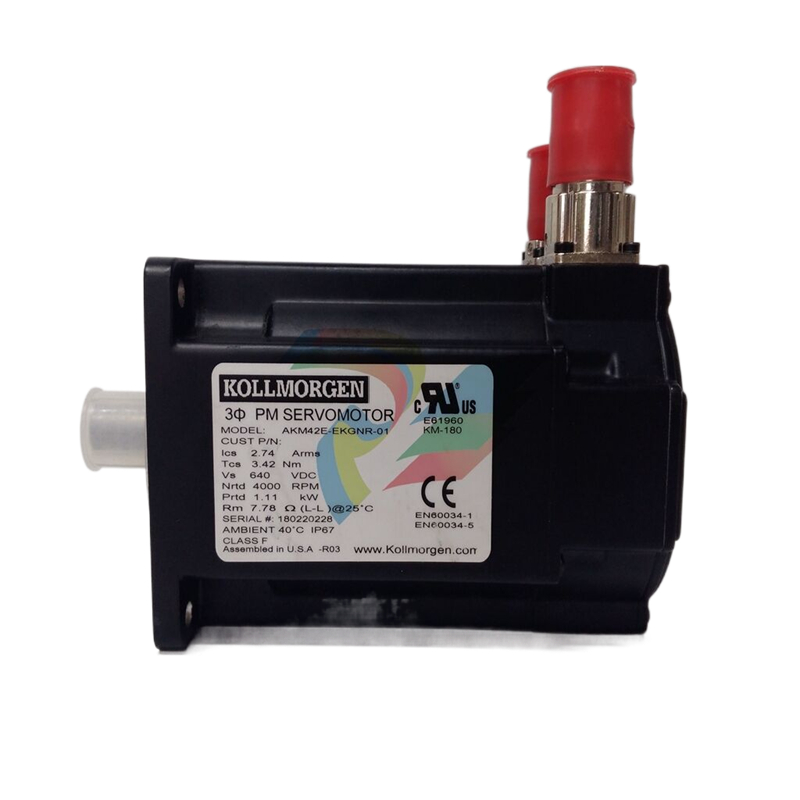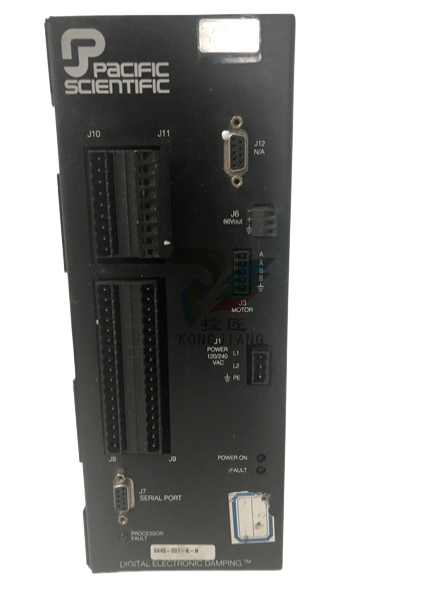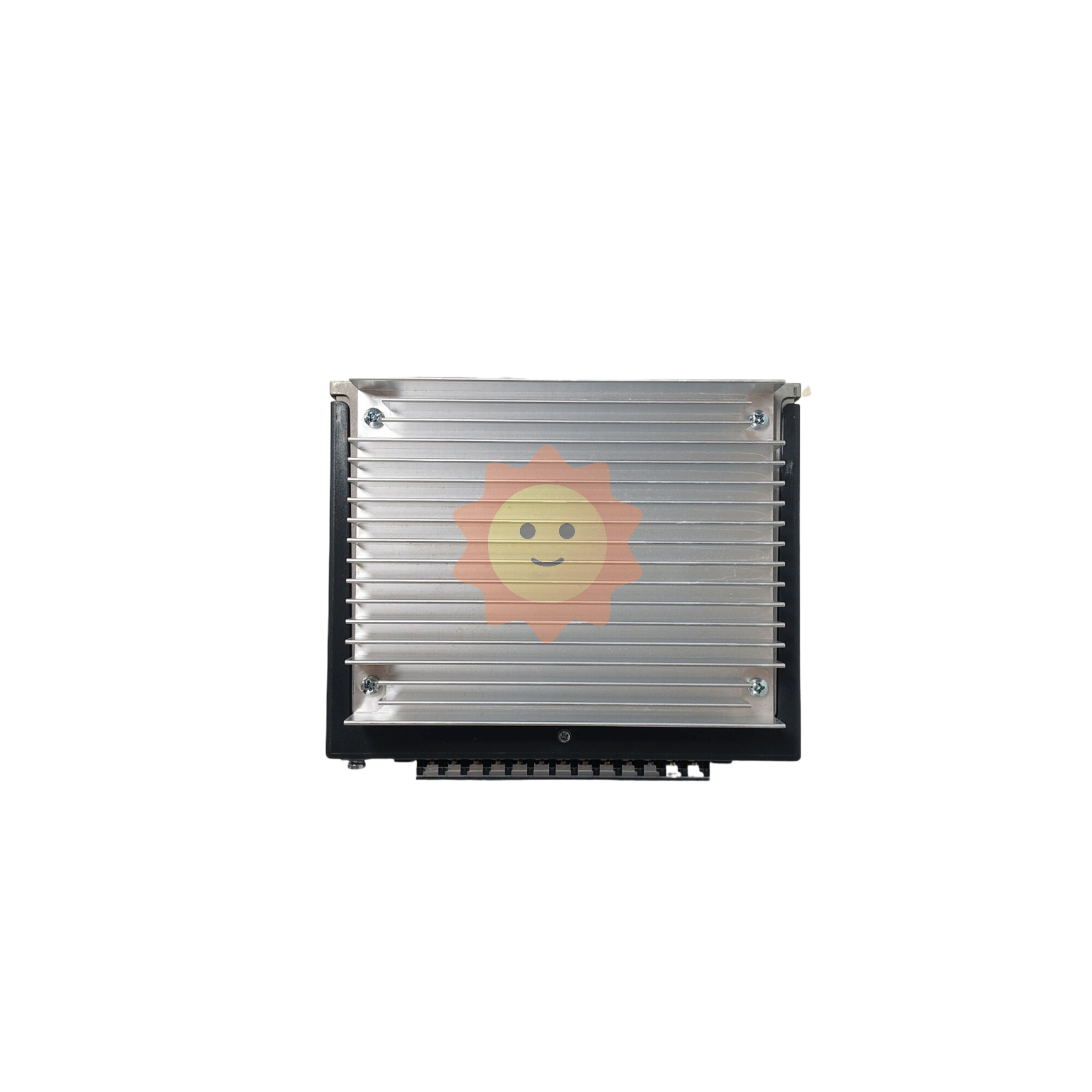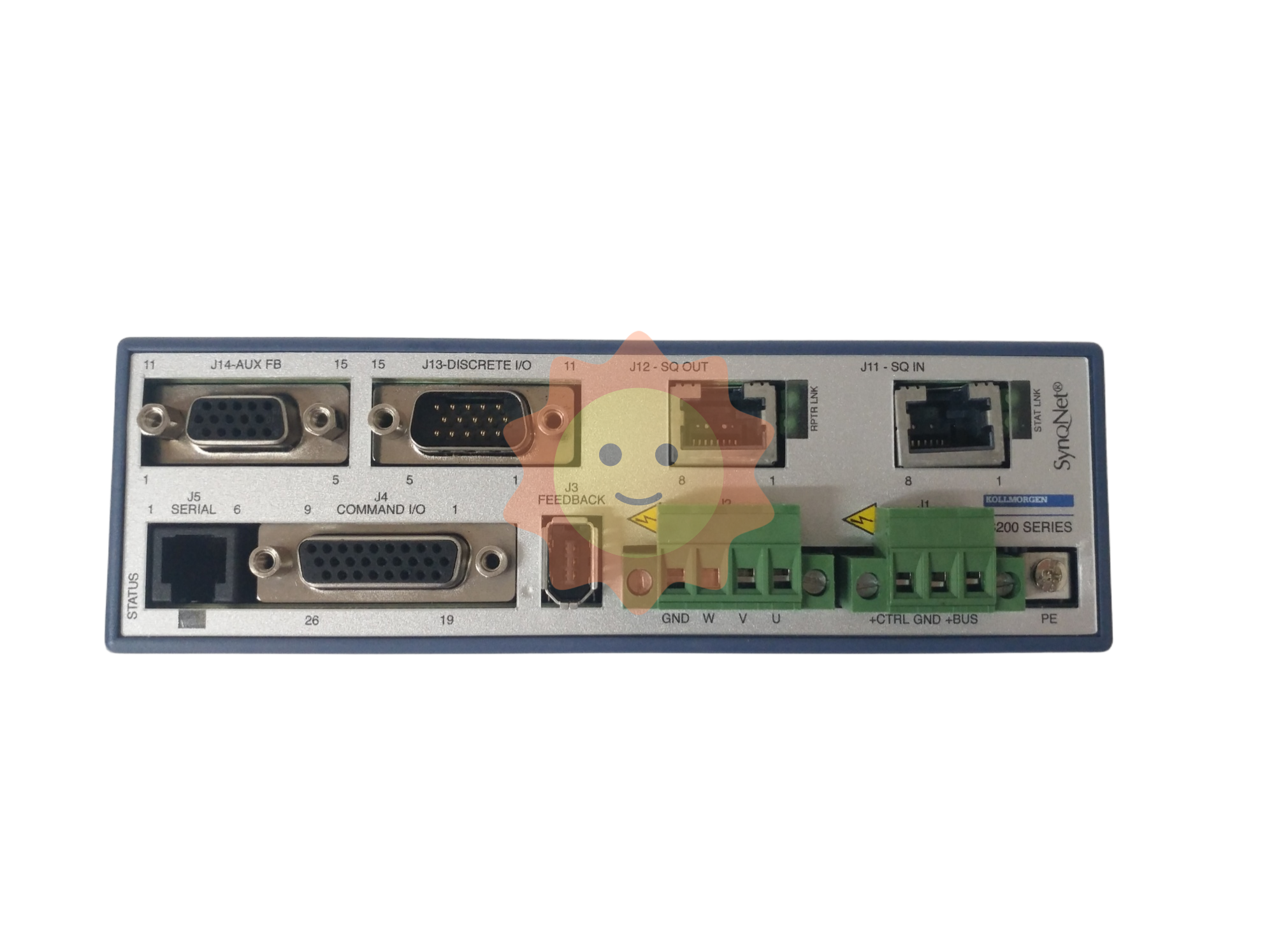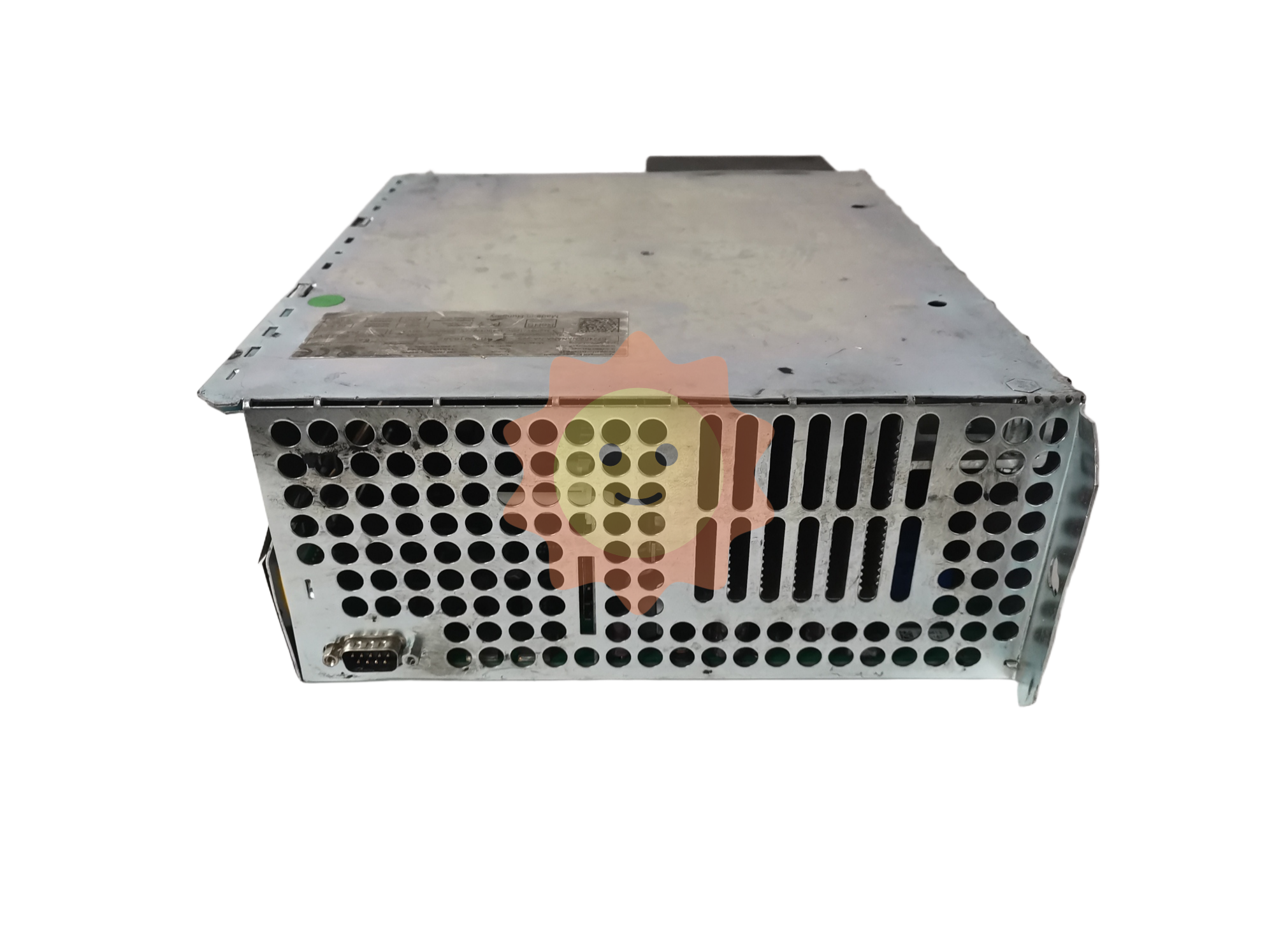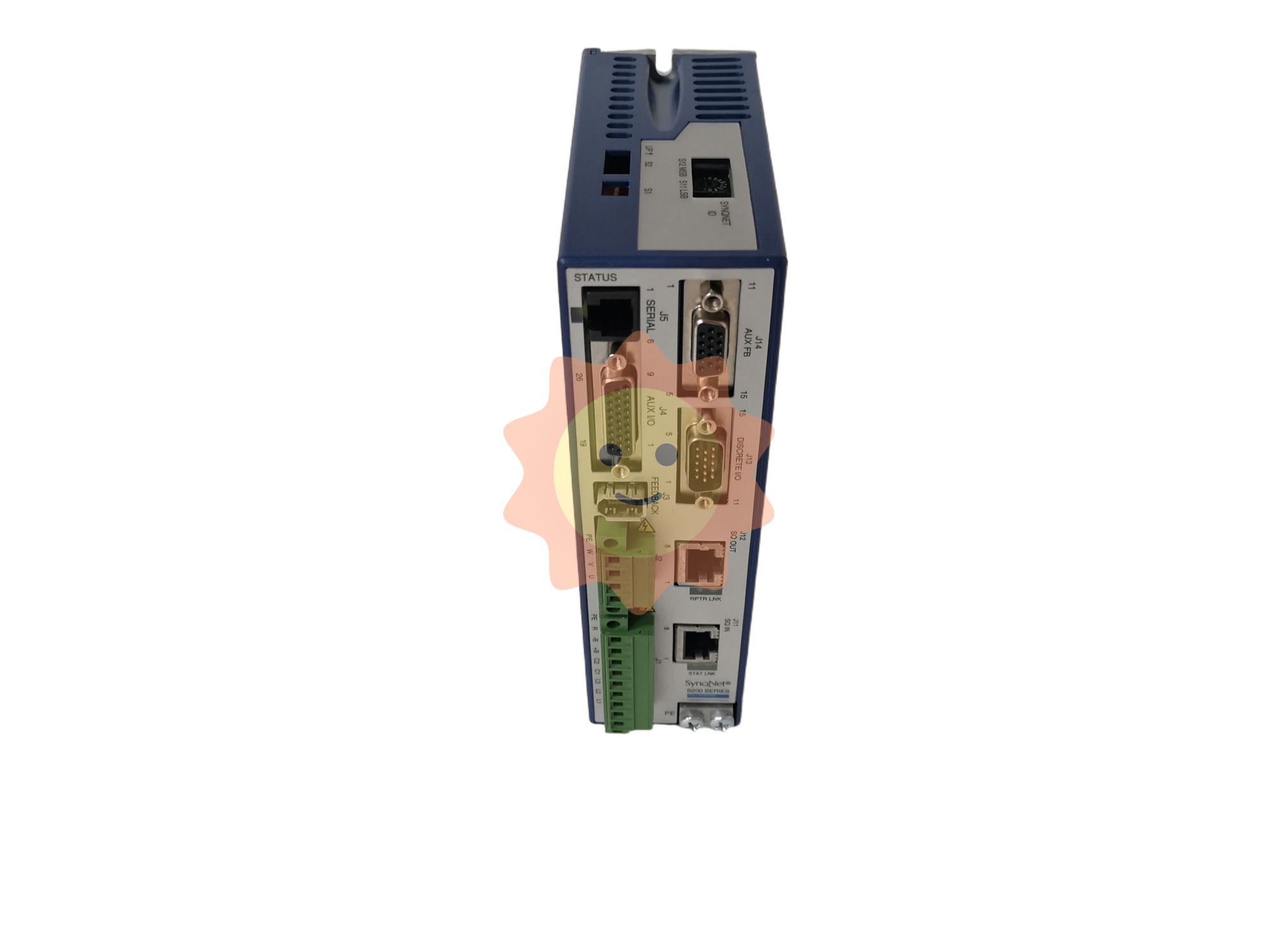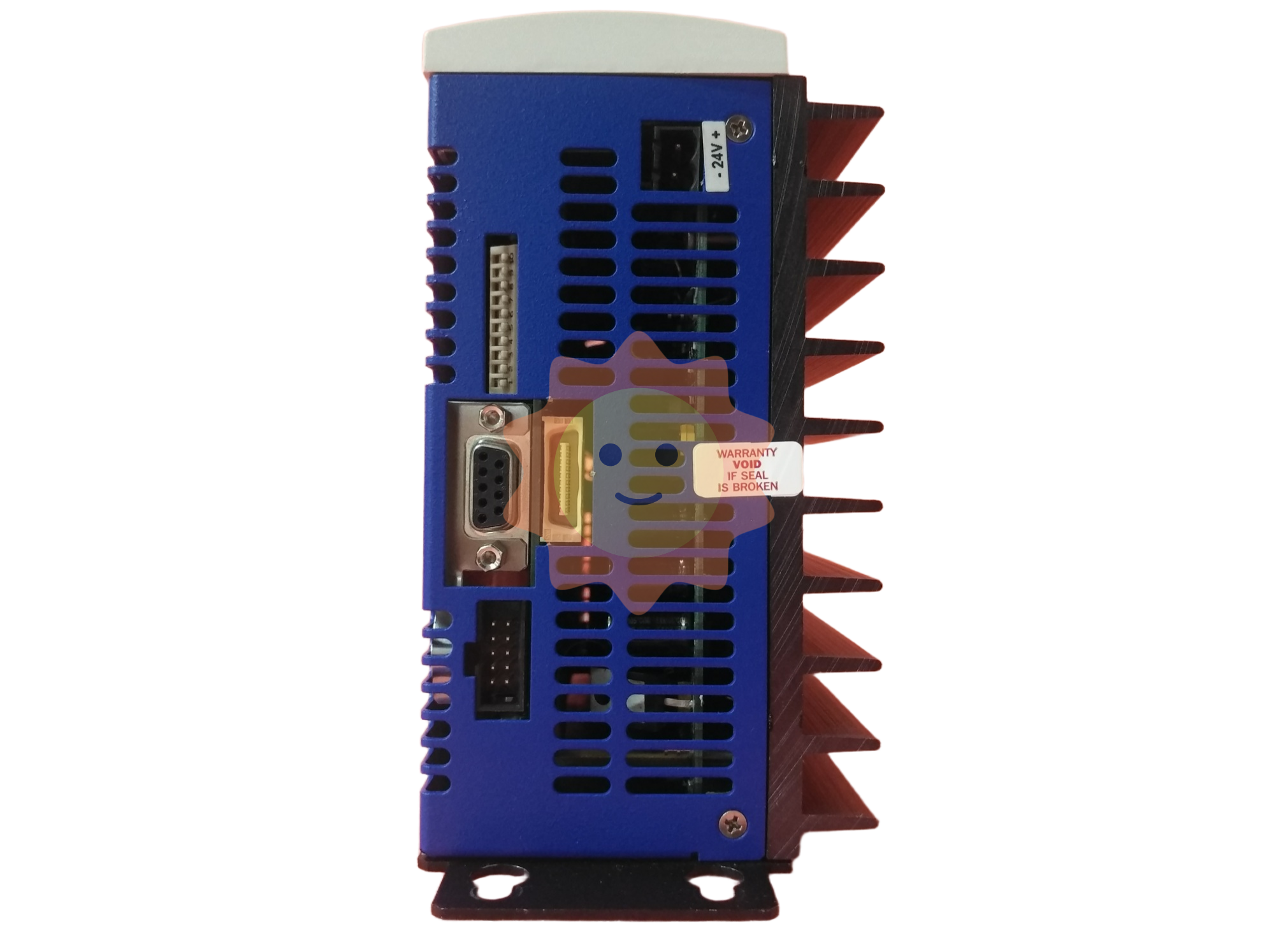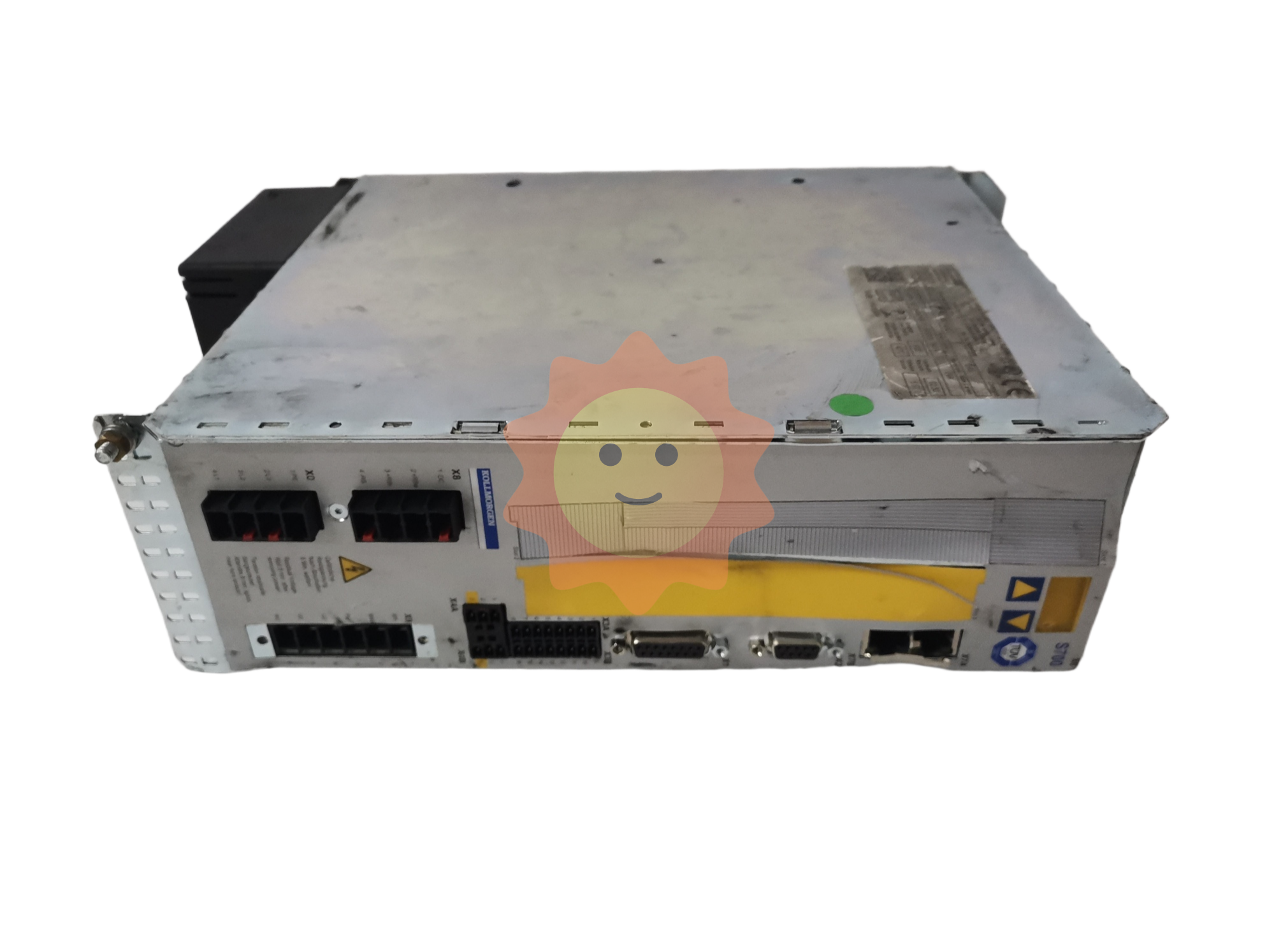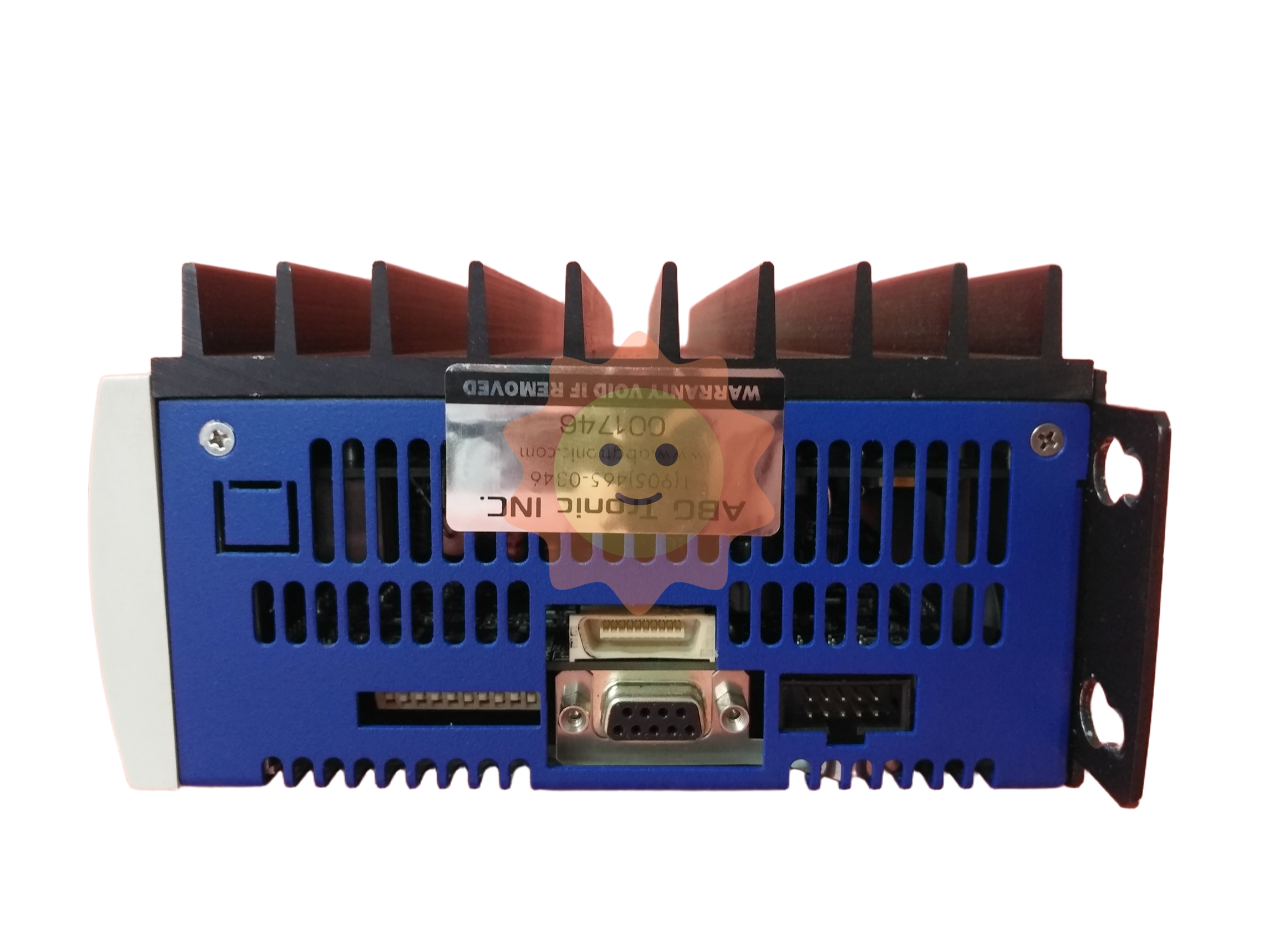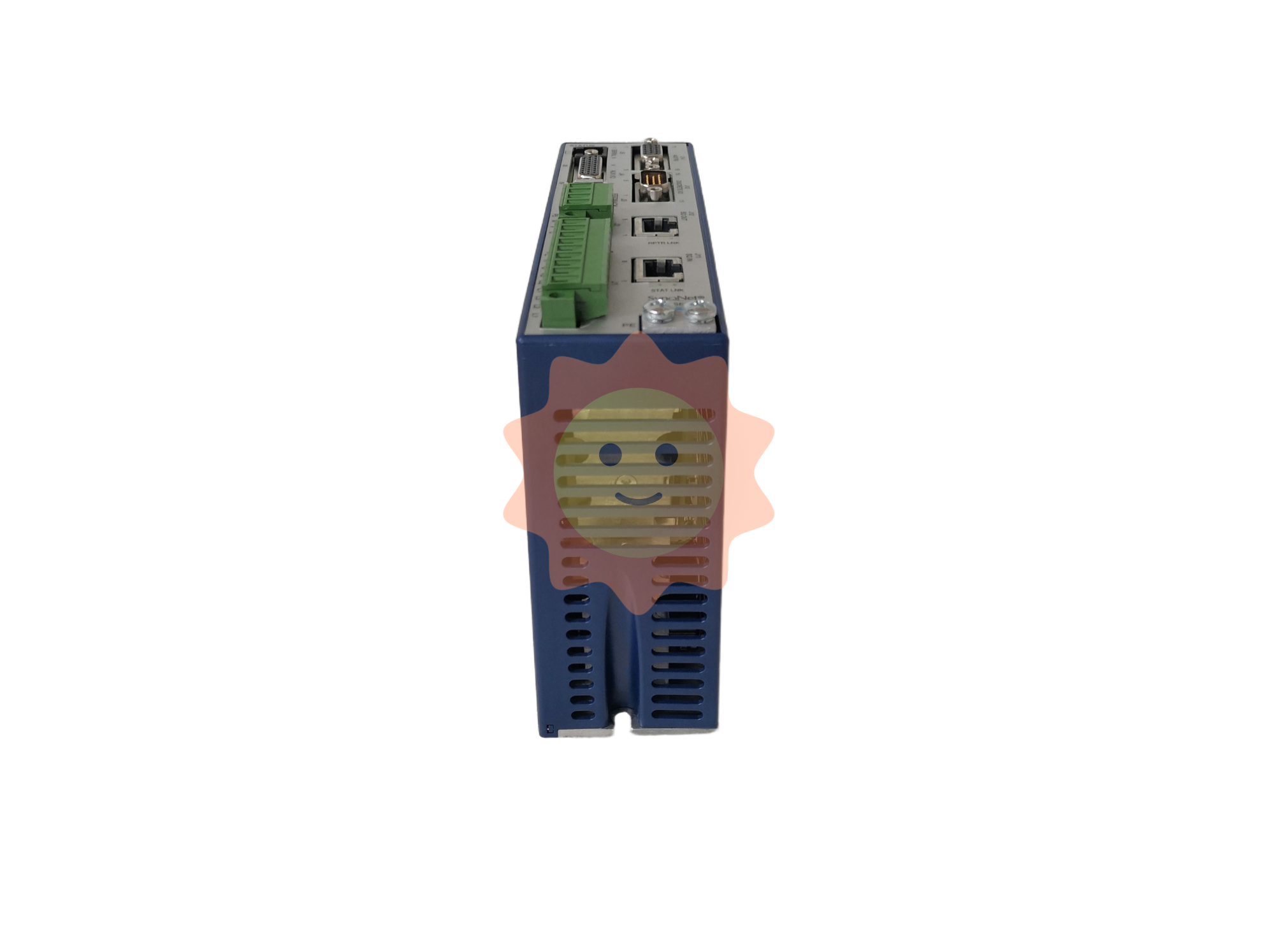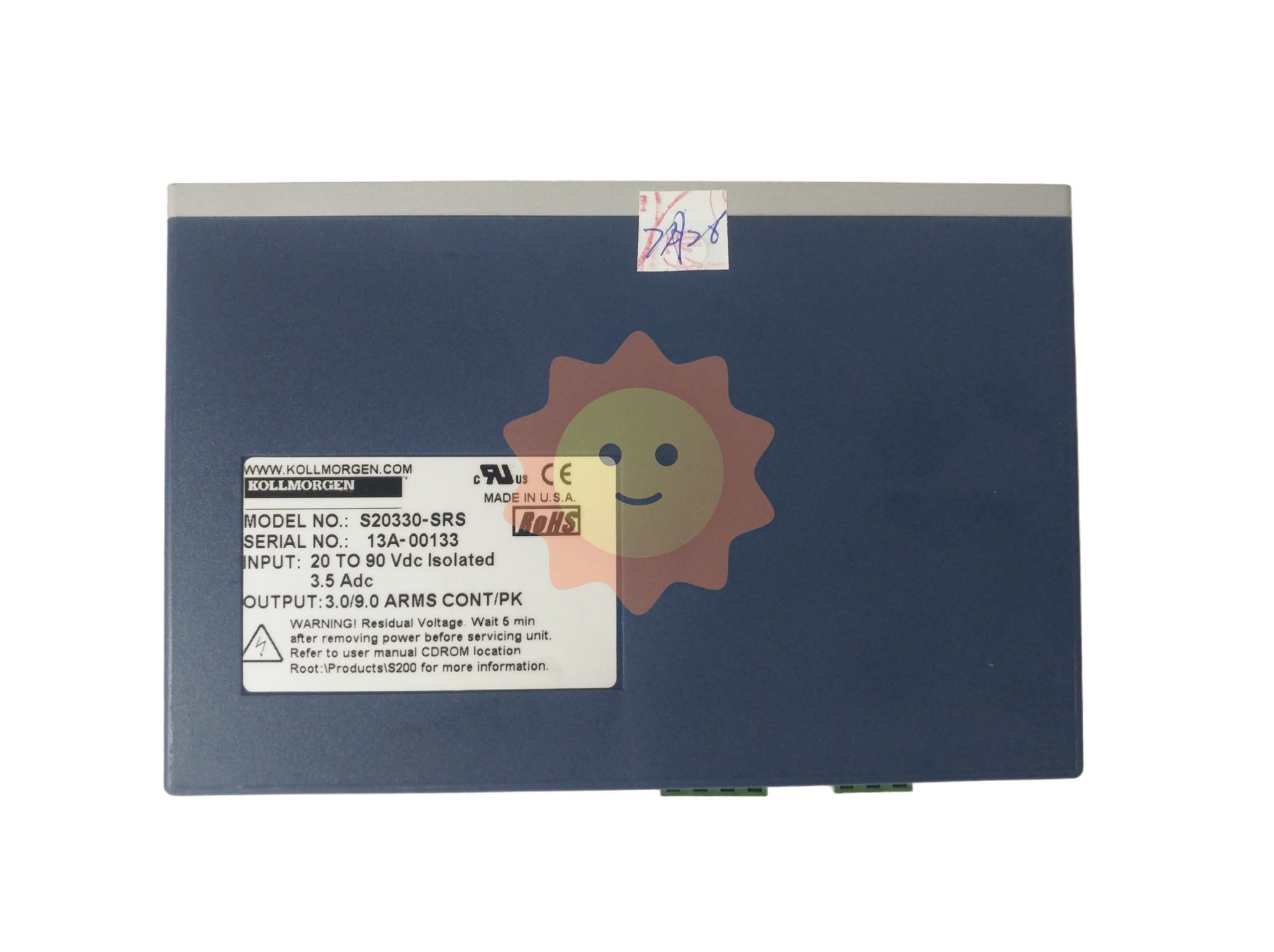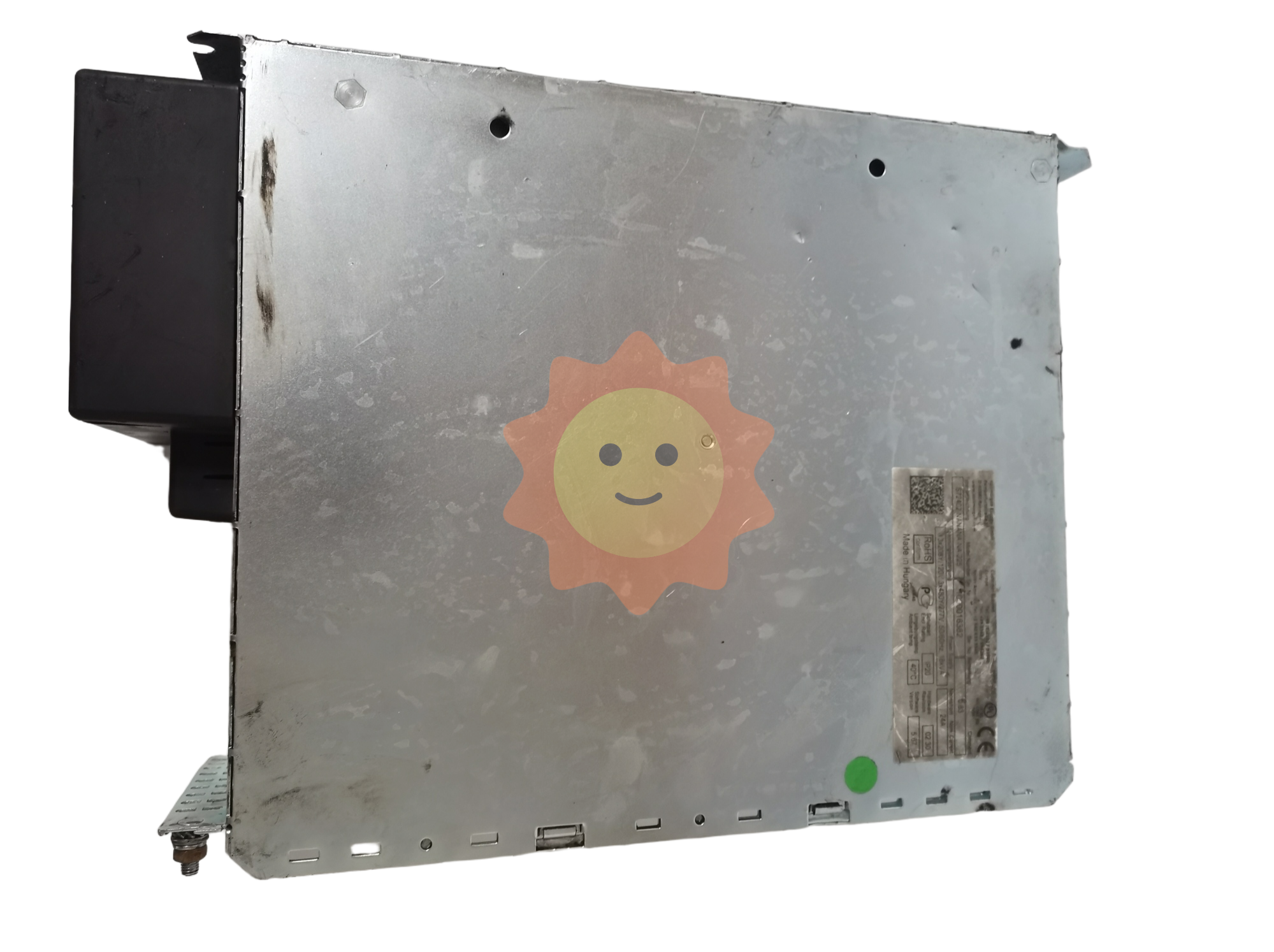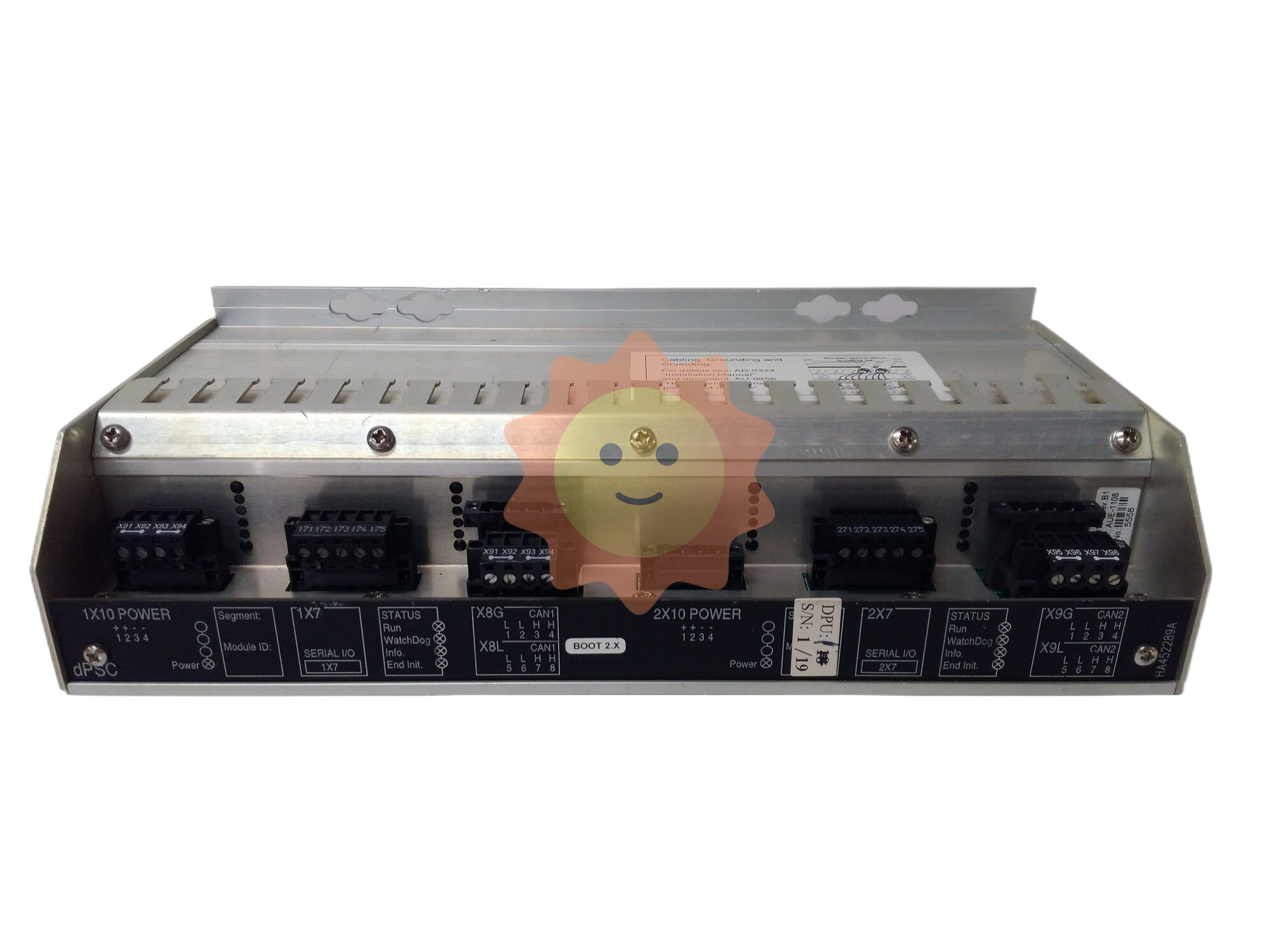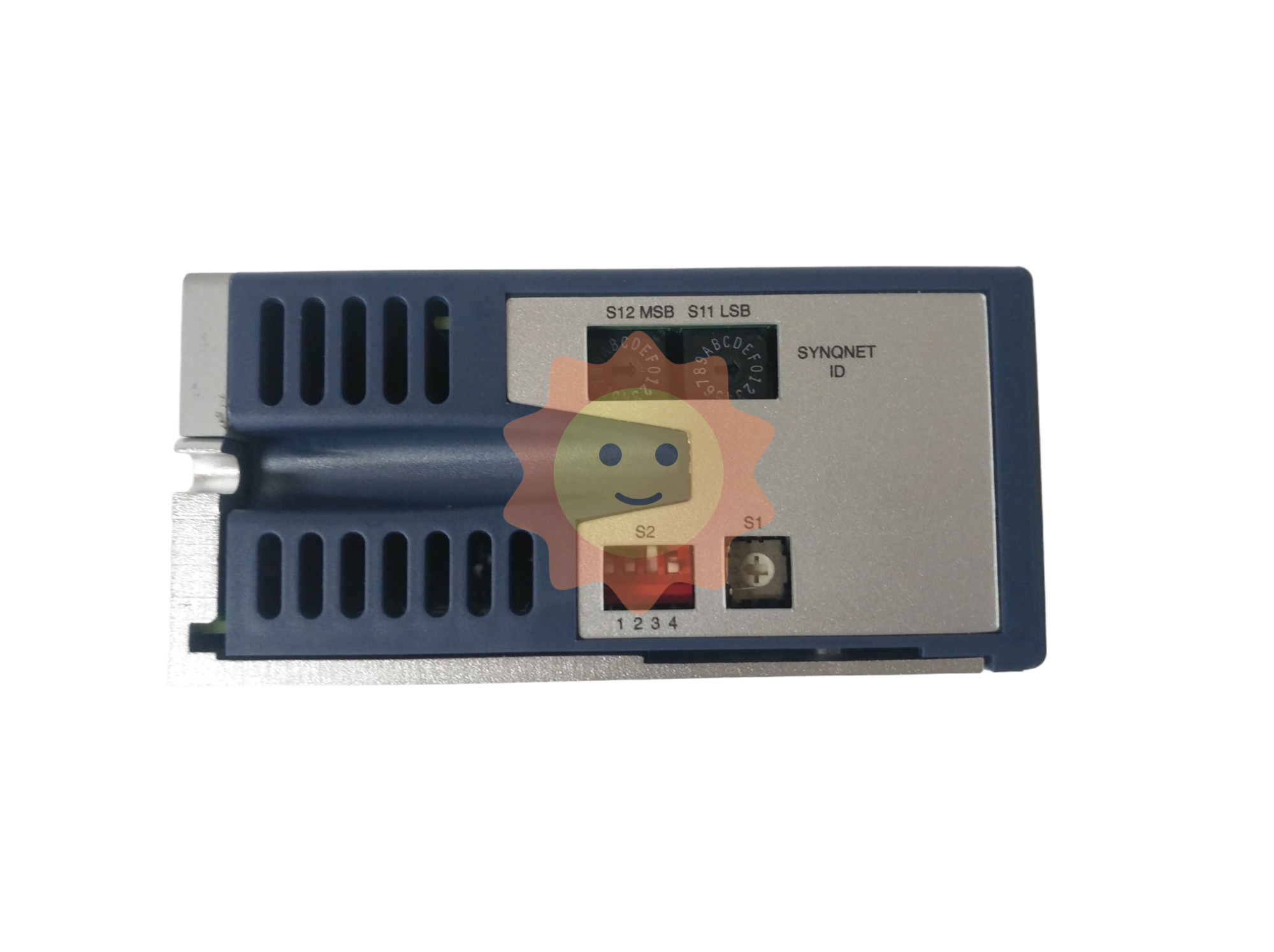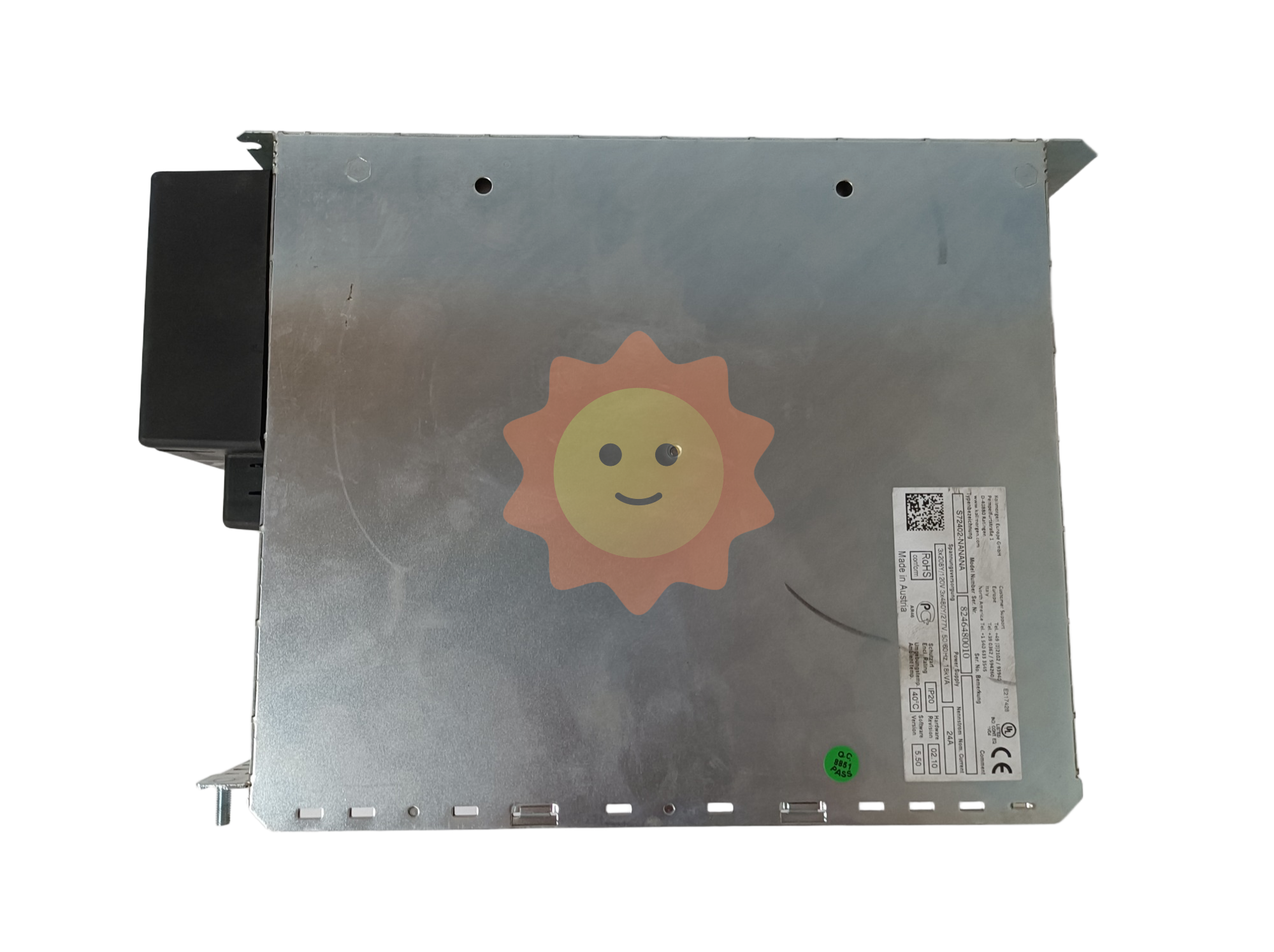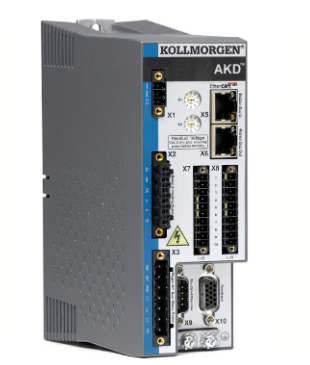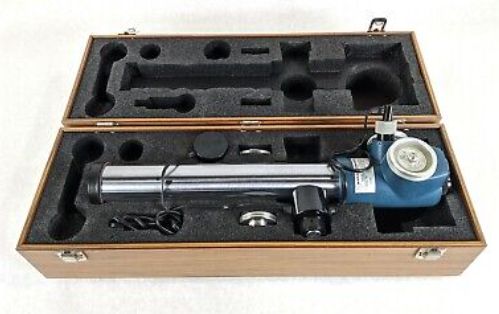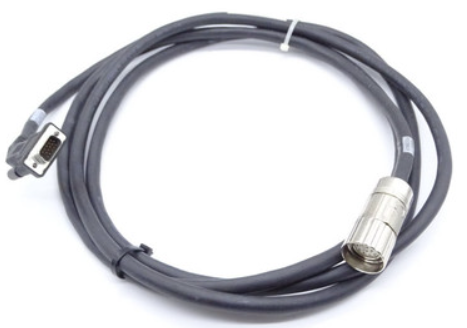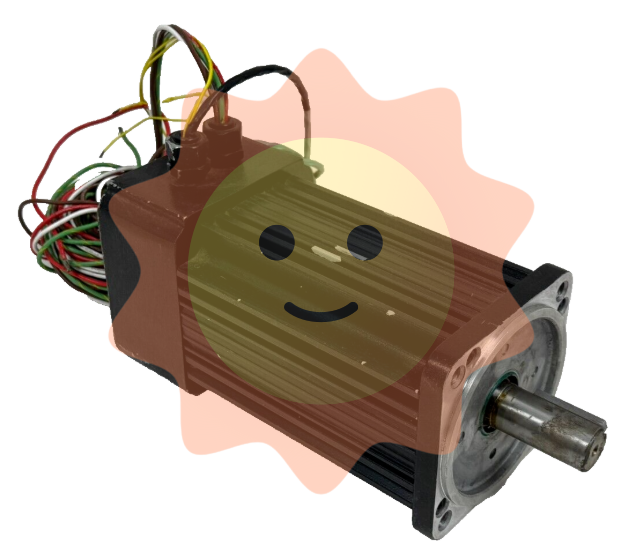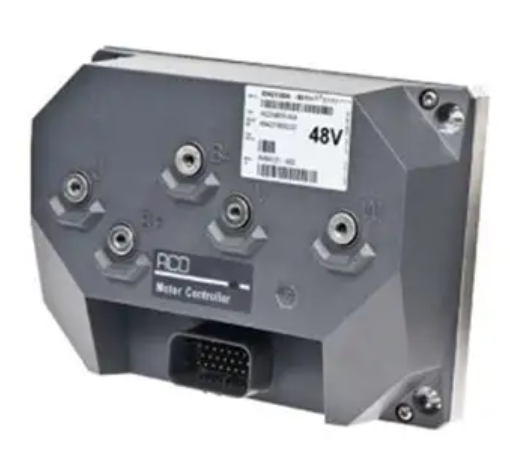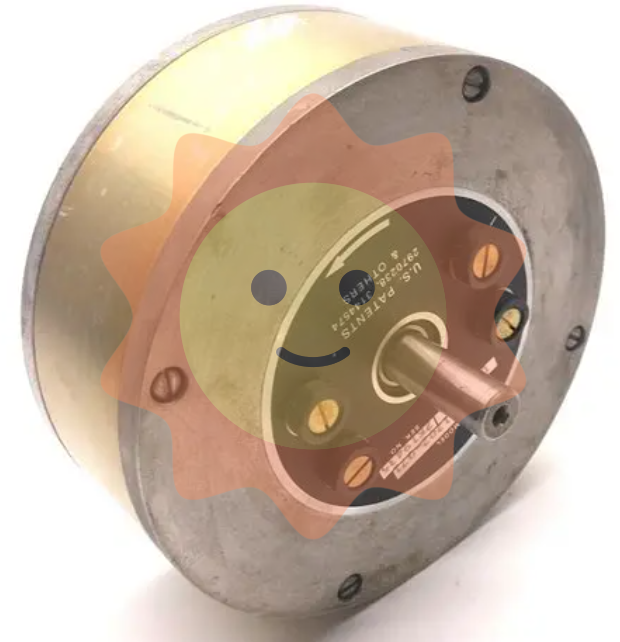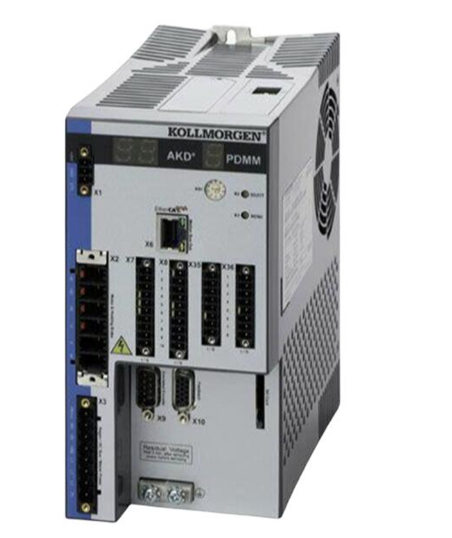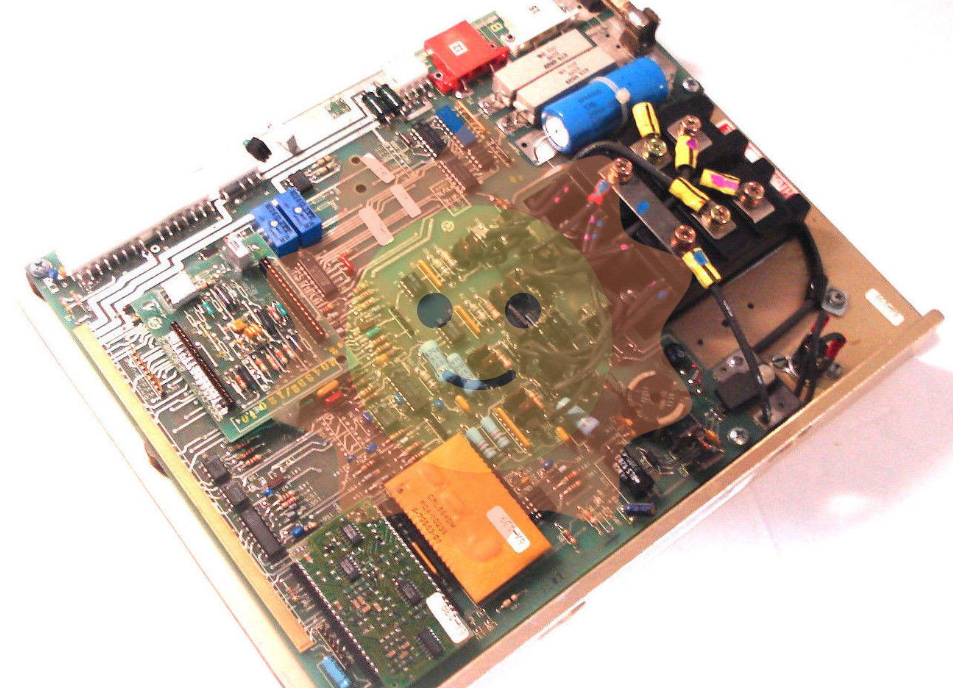Application of membrane technology in chemical wastewater treatment
In recent years, with the continuous improvement of people's environmental awareness and environmental protection concepts, the treatment quality and treatment measures of chemical wastewater have been widely concerned and highly valued. At the same time, with the acceleration of urbanization, the treatment of chemical wastewater has become a more important issue. If the pollution problem is not handled properly, it will not only affect the normal operation and development of the city, but also lead to the continuous infiltration and accumulation of pollutants in the environment. Therefore, it is necessary to adopt scientific treatment methods to effectively treat chemical wastewater in order to achieve the discharge standard. At present, various sewage treatment technologies and methods emerge in an endless stream. Membrane technology is the representative technology of wastewater treatment in chemical enterprises at present. In the process of chemical wastewater treatment, high efficiency membrane technology and activated sludge process are usually combined to remove sewage. Toxic and harmful substances in sewage can achieve the effect of sewage purification and reduce various pollution threat factors in sewage.
1. Basic overview of membrane technology in chemical wastewater treatment
1.1 Basic classification of membrane technology
According to the survey of relevant data, membrane technology is a separation technology that rose rapidly in the late 1960s. Compared with the traditional separation technology, this technology has obvious advantages in separation quality and efficiency, so it has been widely used in most daily industrial production, and has played an important strategic role in the industrial technology reform in the 21st century.
With the continuous development of China's socialist market economy and the continuous progress of science and technology, the research and development of membrane technology has made breakthrough progress, and membrane technology covers all aspects of technology types and application fields. Therefore, a comprehensive and systematic understanding and division of membrane technology is an important basis for ensuring the long-term and stable development of enterprises.

In general, if the membrane structure is classified, the membrane in chemical wastewater treatment can be divided into solid membrane and liquid membrane. The solid membrane is divided into symmetric membrane and asymmetric membrane, and the liquid membrane is divided into solid porous support layer. Liquid film in liquid film and liquid film in emulsion form; If classified according to chemical composition, the performance of various films used for chemical wastewater treatment is not the same, among which, chemical stability, thermal stability, mechanical properties and affinity and performance are important basis for the classification of membrane chemical composition. Materials; If classified according to geometric form, the membrane composition structure in chemical wastewater treatment can be divided into plate frame type, round tube type, spiral winding type and hollow fiber type. When using membrane technology, these four membrane modules are the basic separation units of the membrane separation device.
1.2 Working characteristics of membrane separation technology
Compared with the traditional separation technology, the separation of the new classification technology - membrane technology is an effective separation process. It can separate substances with relative molecular weights of thousands or even hundreds, compensating for the fact that earlier separation techniques could only handle large molecules. In the process of membrane separation, the energy consumption of membrane technology is much lower than that of traditional multi-effect distillation separation technology. At the same time, most membrane separation processes do not undergo "phase" changes. In addition, the application of membrane separation technology also has the characteristics of low energy consumption, small footprint, strong purification capacity, and obvious economic advantages. Therefore, it is the most widely used treatment technology in the current industrial production process.
1.3 Working principle of membrane separation technology
The membranes used in chemical wastewater treatment mainly refer to membranes with selective permeability, that is, when two or more substances pass through, they can be separated, purified and concentrated according to certain properties and structures. Ensure product quality.
According to the survey of relevant data, the membrane currently used by enterprises can be divided into solid phase, liquid phase and gas phase. Membrane structure in membrane technology can be homogeneous or heterogeneous, which has an important impact on the separation effect of membrane technology in enterprises. The effect of membrane technology is almost negligible, but in order to maximize the separation quality and efficiency of membrane technology, the membrane applied to membrane technology must have selective permeability. In the application process of membrane separation technology, its main working principle is divided into the following two aspects: On the one hand, the technology is based on the difference in quality, volume, size, density and geometric form of two or more mixtures. They are separated by screening. On the other hand, the technology also uses efficient means to separate substances according to the chemical properties of the substances in the mixture.
In general, the dissolution rate of the mixture is directly related to the rate of material entering the membrane and the rate of diffusion to a certain extent. In other words, the closer the chemical properties of the separated substance and the membrane material are, the smaller the difference and the higher the dissolution rate of the substance. The speed is fast, and the diffusion rate of the substance in the mixture is not only related to the chemical properties of the substance, but also directly related to the molecular weight of the substance, that is, the greater the molecular weight, the faster the diffusion rate of the substance, the shorter the time required to penetrate the membrane. The more efficient.

2. Application status of membrane technology in chemical wastewater treatment
Under the gradient of electric potential, concentration and pressure, the separation, purification and enrichment of mixtures by using the permeability difference of the mixed components in the mixture is the main principle of the application of membrane technology in the treatment of chemical wastewater. Membrane technology has been widely used in the production of chemical companies since the early 1960s. After more than ten years of continuous practice and improvement, the application of membrane separation technology in sewage treatment has gradually matured, and is reflected in many aspects of separation, concentration, purification, purification and so on. It has the characteristics of high efficiency, scientific, effective and targeted, and has shown strong treatment advantages in various chemical wastewater treatment. In recent years, with the continuous acceleration of the industrialization process, the application of membrane separation technology is also developing. If only one membrane technology is used, not only can not effectively solve the current sewage problem, but also may lead to "membrane pollution". Problems arise, so the combined application of different membrane technologies and the utilization of the advantages of various membrane technologies are important development directions of current chemical industry production.
3. Analysis of application methods of membrane technology in chemical wastewater treatment
With the continuous progress of science and technology in China, in order to effectively improve the separation quality and efficiency of membrane technology, the innovation of chemical wastewater treatment technology has become the core content of current chemical researchers. After more than ten years of scientific practice and exploration, the combination of membrane technology, reverse osmosis technology, microfiltration membrane technology, ultrafiltration membrane technology and electrodialysis technology can not only effectively make up for the shortcomings of individual technology applications, but also has significant advantages in promoting enterprise development and enhancing national core competitiveness. The advantages, and from the current point of view, the specific applications of this technology are as follows.
3.1 Nanofiltration membrane technology
In the application process of ultrafiltration membrane technology and reverse osmosis membrane technology, although they can effectively complete the treatment of chemical wastewater to a certain extent, they also have certain defects. The application of nanofiltration membrane technology is to make up for the defects in the application of the above two technologies. Nanofiltration membrane method has good separation performance and low operating pressure, and is suitable for resource treatment of chemical wastewater. That is, in the application process, the advanced treatment of chemical wastewater can be effectively achieved, and the standard of process wastewater can be reached, so as to achieve the treatment of wastewater. Reuse.

3.2 Reverse osmosis technology
In the application process of reverse osmosis technology, its technical application principle is mainly based on water as a solvent and selective penetration to achieve mechanical interception of ions or small molecules in chemical wastewater, so as to achieve the purpose of separation and purification. In the separation of the liquid mixture, the static pressure present on both sides of the membrane is used as the main driving force to complete the process of membrane separation. Compared with the traditional technology, the technology is mainly carried out in three steps, namely osmosis, reverse osmosis and osmosis balance. Take "salt water and pure water" for example. For the infiltration process, usually, pure water will penetrate in the direction of salt water. At this time, in the process of continuous penetration, the concentration of the brine will gradually decrease. In terms of penetration, it mainly refers to the process of continuous penetration of pure water into salt water, and after the concentration of pure water is higher than the concentration of water, the concentration of salt water will continue to decline until it reaches a certain point. Salt water, salt water it will permeate in the opposite direction of pure water. For osmotic equilibrium, it is mainly the process of separating purified water and salt water with a semi-permeable membrane so that the concentrations on both sides are equal.
3.3 Microfiltration membrane technology
In general, in the application process of microfiltration membrane technology, its technical application principle is mainly based on the microporous precision filtration mode, that is, through the sieve filter out the chemical diameter of 0.03 ~ 15μm solid particles and bacteria. Wastewater. Compared with other membrane technologies, this technology has a strong decontamination effect, so it is the most widely used technology in the semiconductor industry wastewater treatment. The application of this technology not only reduces the production cost of microfiltration membrane technology to a certain extent, but also improves the economic and social benefits of enterprises. At the same time, it also has obvious advantages in improving the backwashing performance of sewage treatment filters. Organic and inorganic microfiltration membranes are two types of microfiltration membrane technology applications. In addition to the above two application advantages, the organic combination with biological treatment technology has also significantly improved the quality and efficiency of sewage treatment, and has played an important role in the development of chemical enterprises.
3.4 Ultrafiltration membrane technology

Compared with microfiltration membrane technology, the pore size of ultrafiltration membrane technology is 0.05 ~ 1μm. In the application process of ultrafiltration membrane technology, the application principle of the technology is mainly combined with the pore size and treatment needs of the relevant personnel to separate, purify and concentrate the chemical wastewater in the wastewater, and separate the solid impurities in it. Waste water has laid a good foundation for the long-term development of the company and the stability of the surrounding ecosystem. Compared with other membrane treatment technologies, this technology can not only effectively eliminate bacteria and algae microorganisms in sewage to a certain extent, but also effectively control their growth rate by using oxidants. At the same time, it also has obvious advantages in reducing water turbidity and improving sewage treatment efficiency, so as to improve the effect of sewage treatment, so as to lay a solid foundation for the further development of enterprises.
4. Conclusion
With the continuous development of China's industrialization process, the sewage discharge of chemical enterprises is more and more large, and the problem of chemical sewage is more and more serious. At the same time, with the national sewage discharge standards becoming more and more strict, the traditional sewage treatment technology can not meet the current needs. Membrane technology, as a new high technology, has the advantages of low energy consumption, small footprint and strong purification capacity, and has broad development prospects in chemical wastewater treatment. However, according to the relevant data survey, for different chemical wastewater, a single membrane technology usually cannot effectively solve the fundamental problem of chemical wastewater, and may lead to "membrane pollution". Therefore, under the guidance of "sustainable development" policy makers, chemical companies need to organically combine multiple membrane technologies in the development process, and maximize the application value of membrane technology on the basis of minimizing the goal. Chemical wastewater treatment costs. The development of the industry has laid the foundation for sustainable development.
- EMERSON
- Honeywell
- CTI
- Rolls-Royce
- General Electric
- Woodward
- Yaskawa
- xYCOM
- Motorola
- Siemens
- Rockwell
- ABB
- B&R
- HIMA
- Construction site
- electricity
- Automobile market
- PLC
- DCS
- Motor drivers
- VSD
- Implications
- cement
- CO2
- CEM
- methane
- Artificial intelligence
- Titanic
- Solar energy
- Hydrogen fuel cell
- Hydrogen and fuel cells
- Hydrogen and oxygen fuel cells
- tyre
- Chemical fiber
- dynamo
- corpuscle
- Pulp and paper
- printing
- fossil
- FANUC
- Food and beverage
- Life science
- Sewage treatment
- Personal care
- electricity
- boats
- infrastructure
- Automobile industry
- metallurgy
- Nuclear power generation
- Geothermal power generation
- Water and wastewater
- Infrastructure construction
- Mine hazard
- steel
- papermaking
- Natural gas industry
- Infrastructure construction
- Power and energy
- Rubber and plastic
- Renewable energy
- pharmacy
- mining
- Plastic industry
- Schneider
- Kongsberg
- NI
- Wind energy
- International petroleum
- International new energy network
- gas
- WATLOW
- ProSoft
- SEW
- wind
- ADVANCED
- Reliance
- YOKOGAWA
- TRICONEX
- FOXBORO
- METSO
- MAN
- Advantest
- ADVANCED
- ALSTOM
- Control Wave
- AB
- AMAT
- STUDER
- KONGSBERG
- MOTOROLA
- DANAHER MOTION
- Bently
- Galil
- EATON
- MOLEX
- Triconex
- DEIF
- B&W
- ZYGO
- Aerotech
- DANFOSS
- KOLLMORGEN
- Beijer
- Endress+Hauser
- MOOG
- KB


Email:wang@kongjiangauto.com


